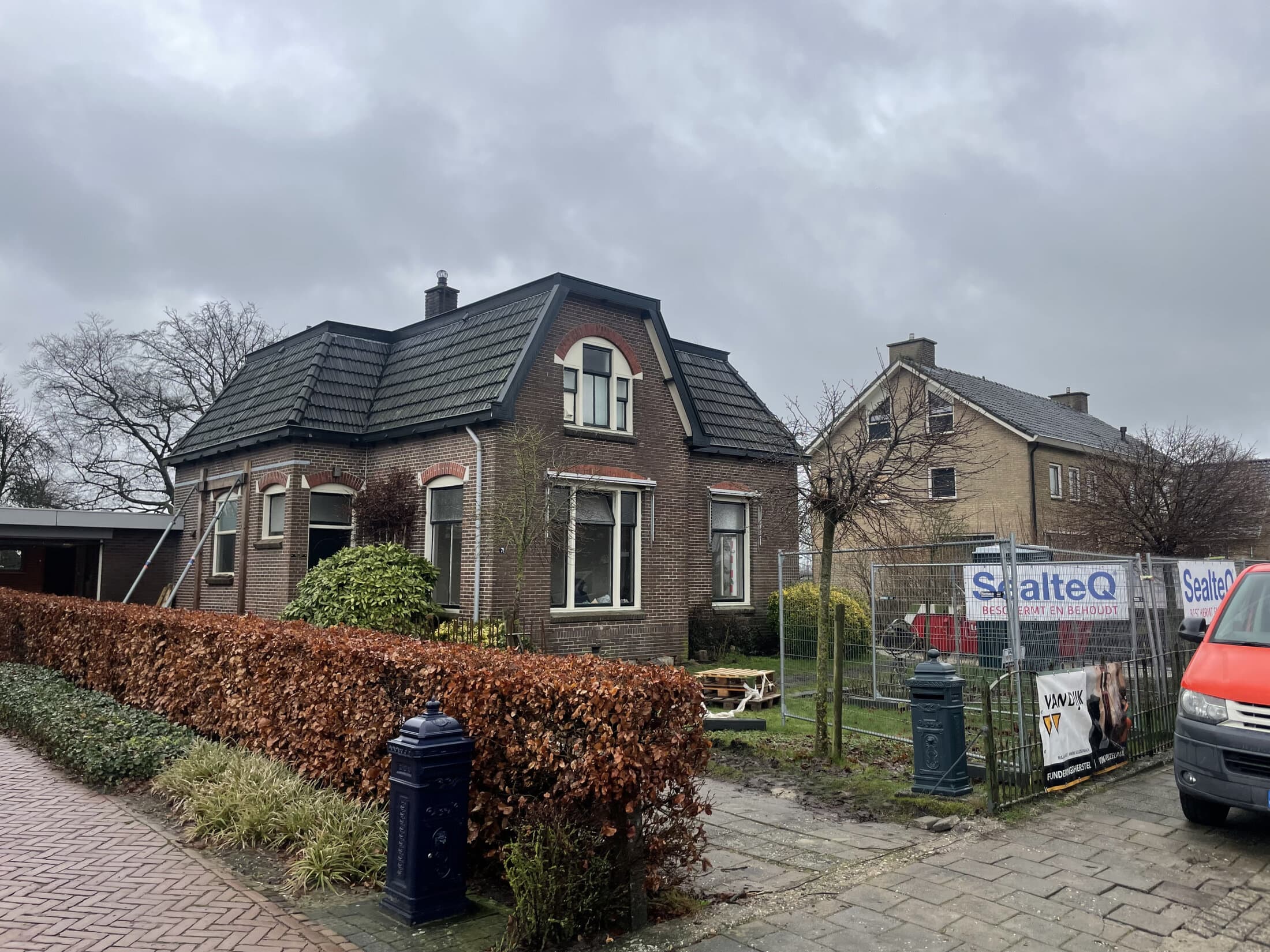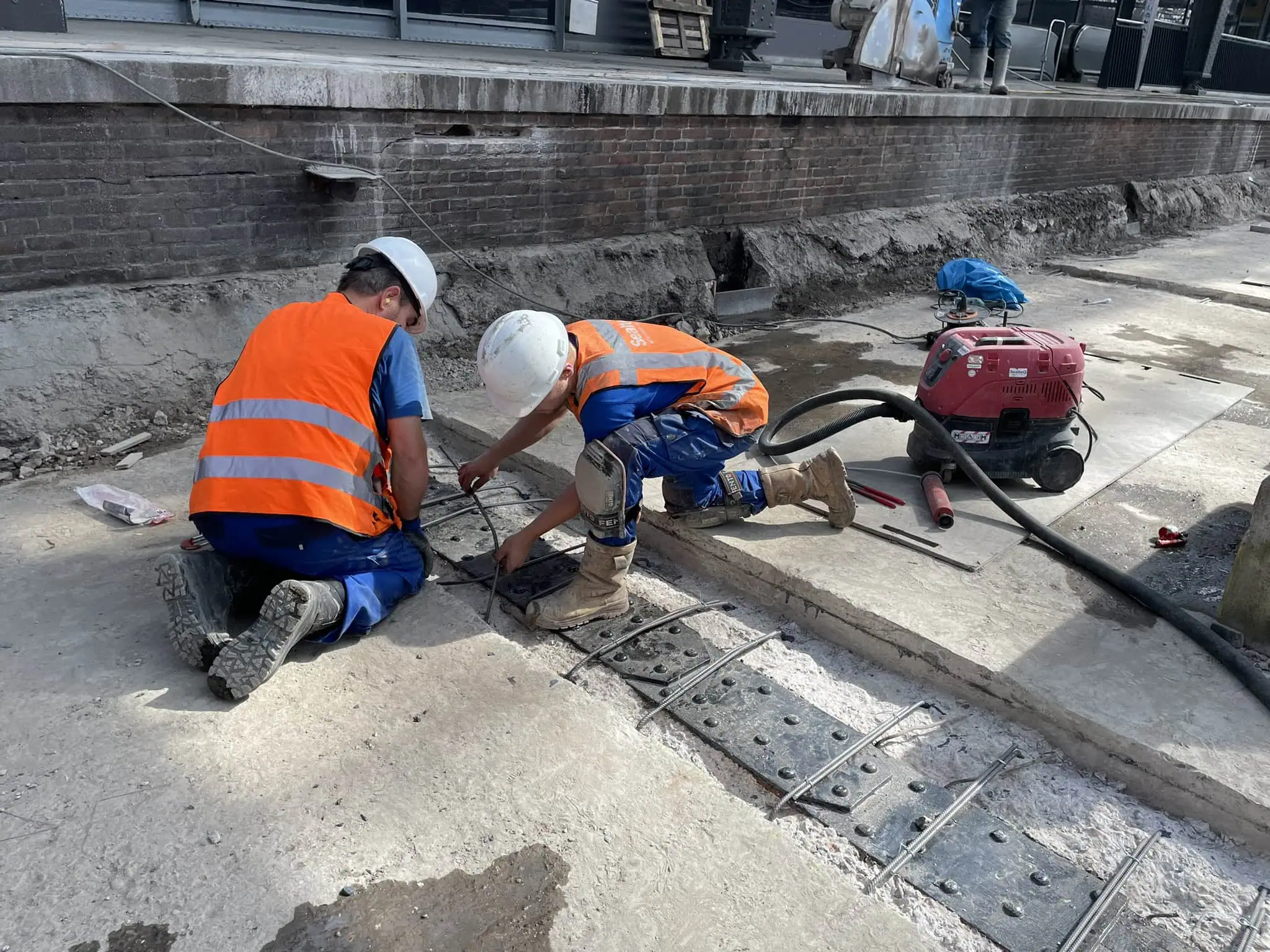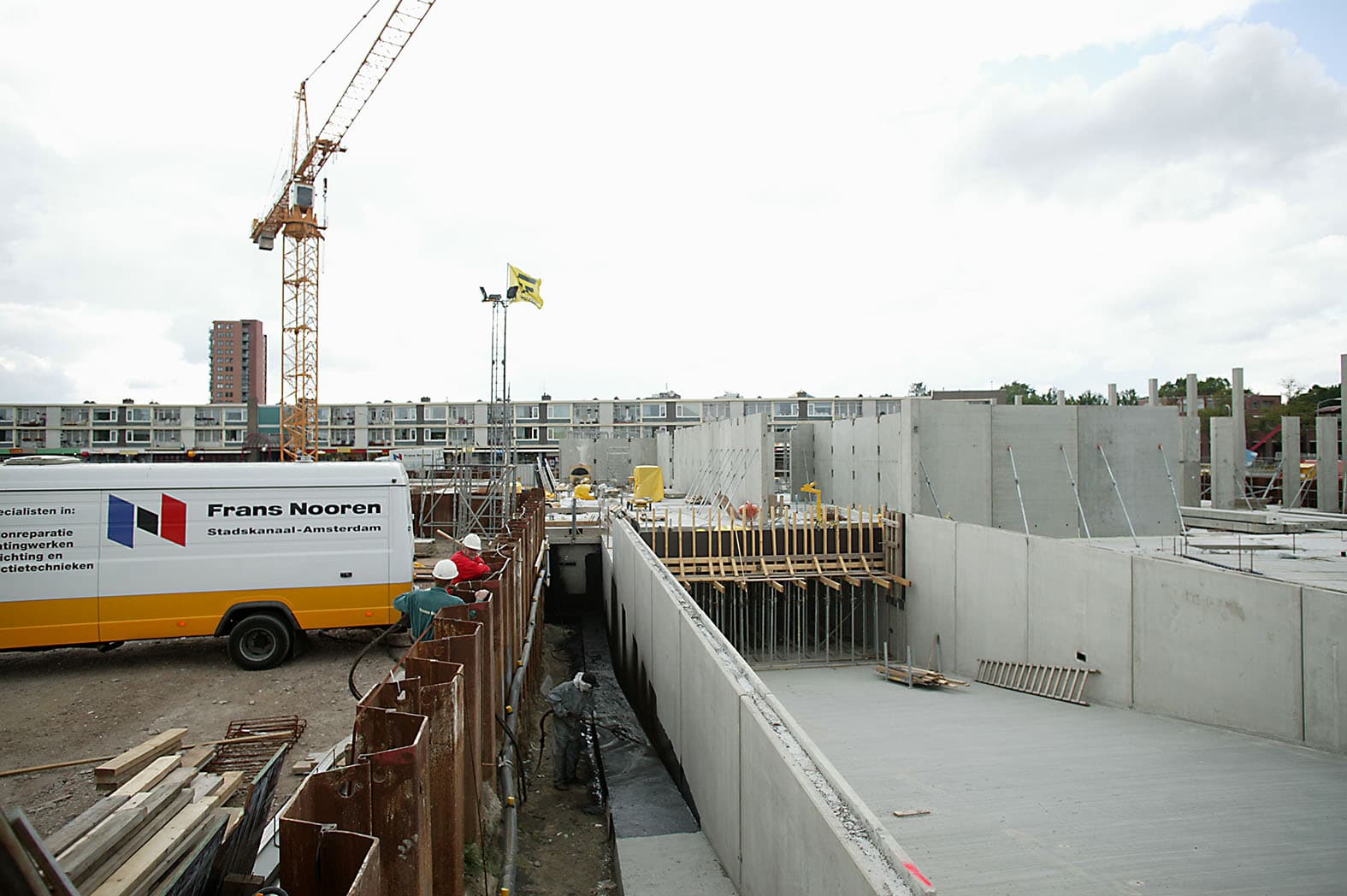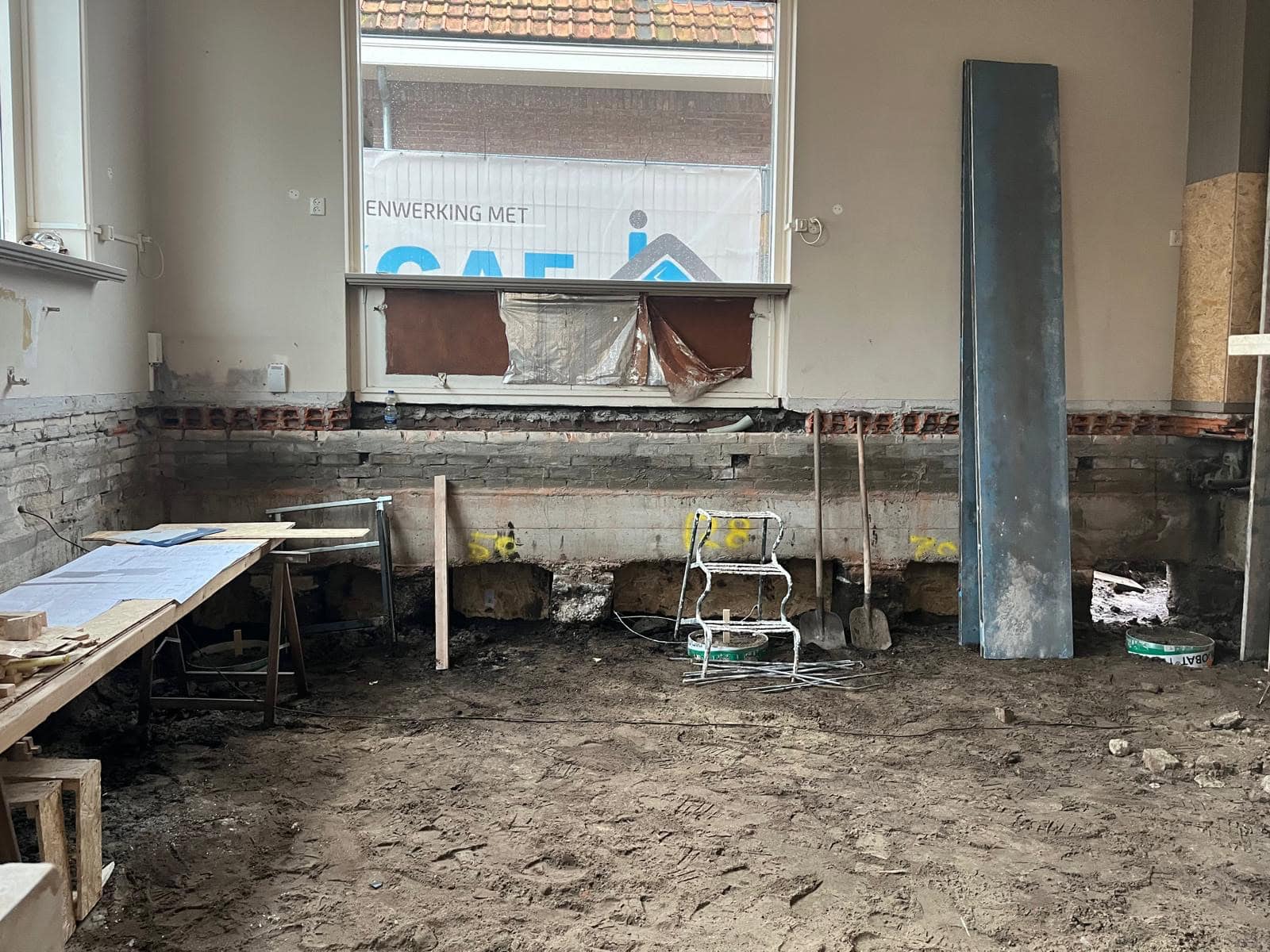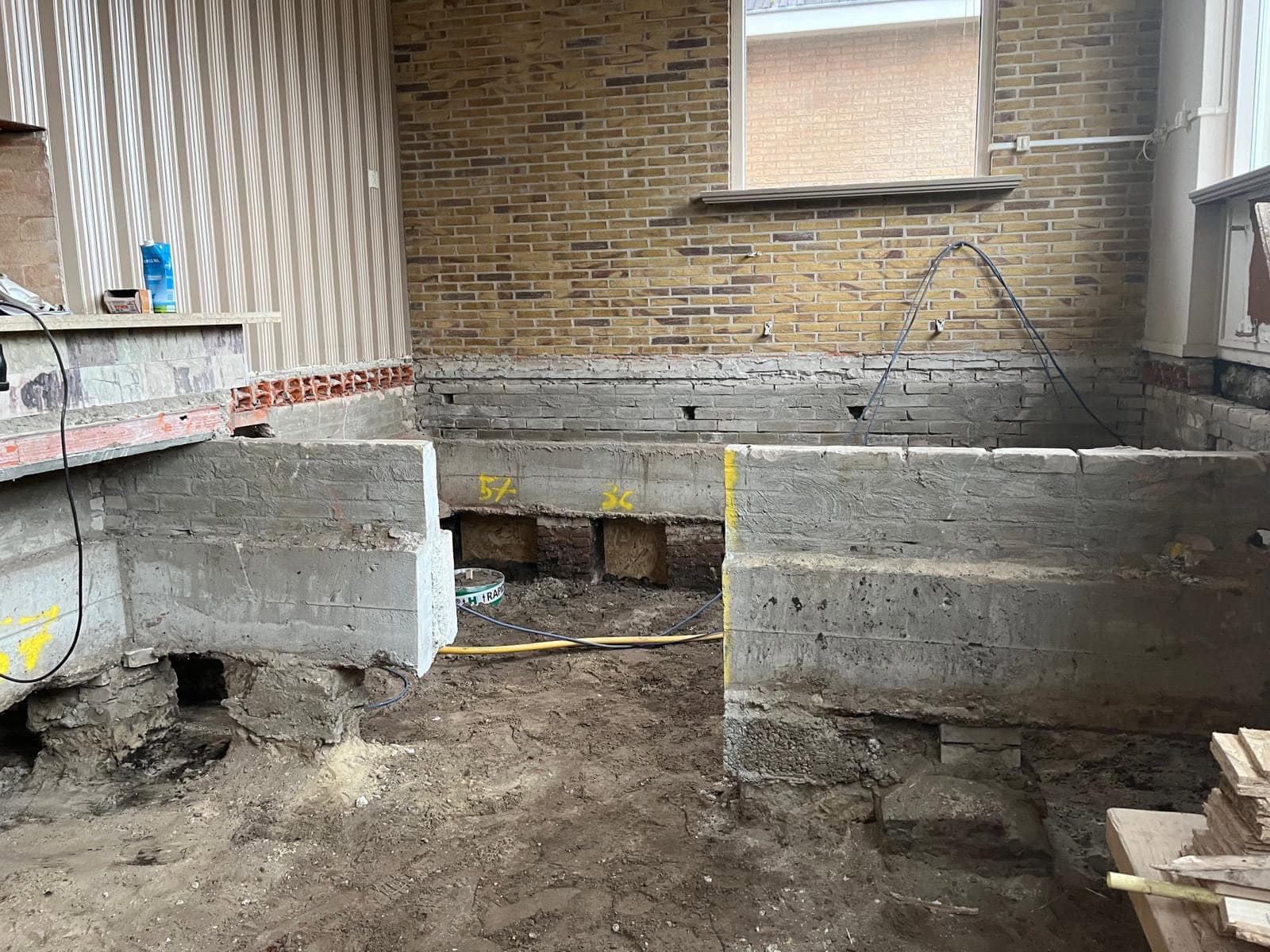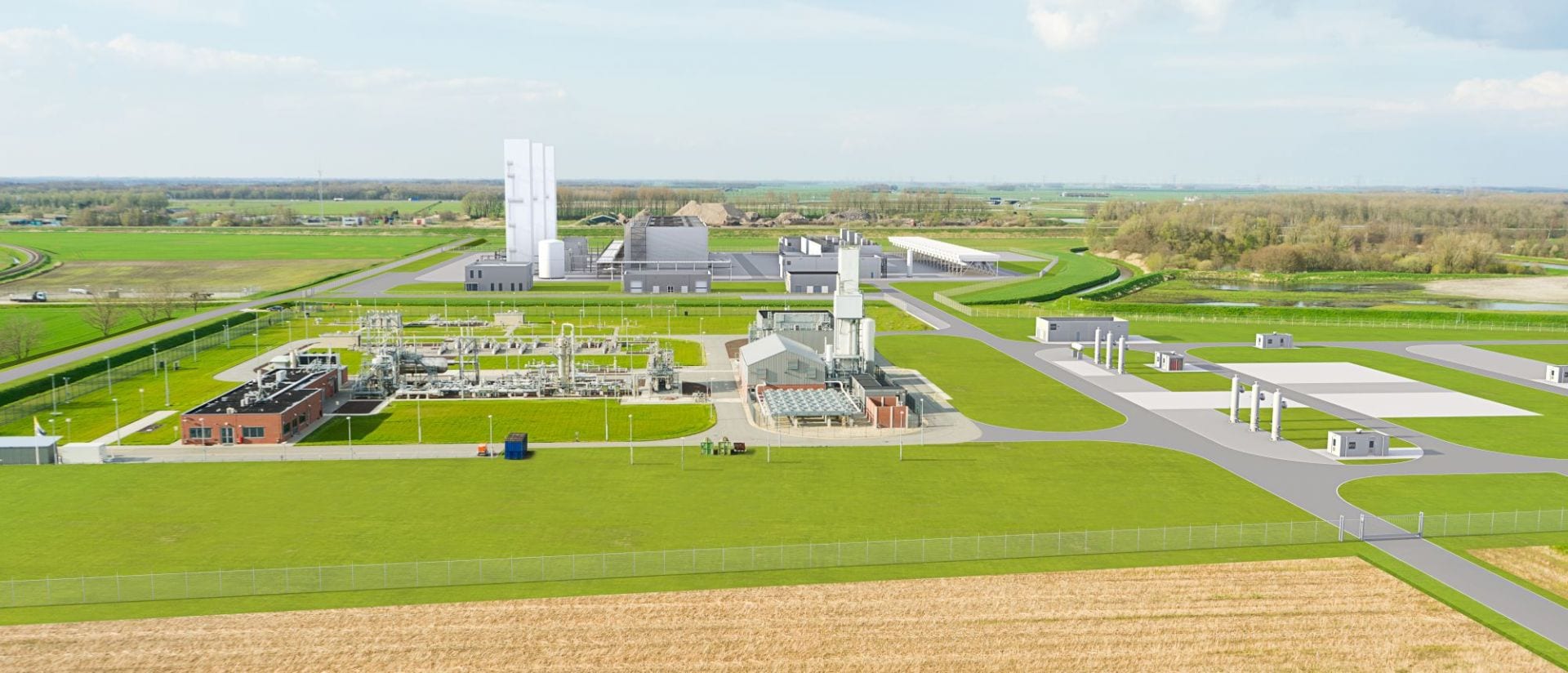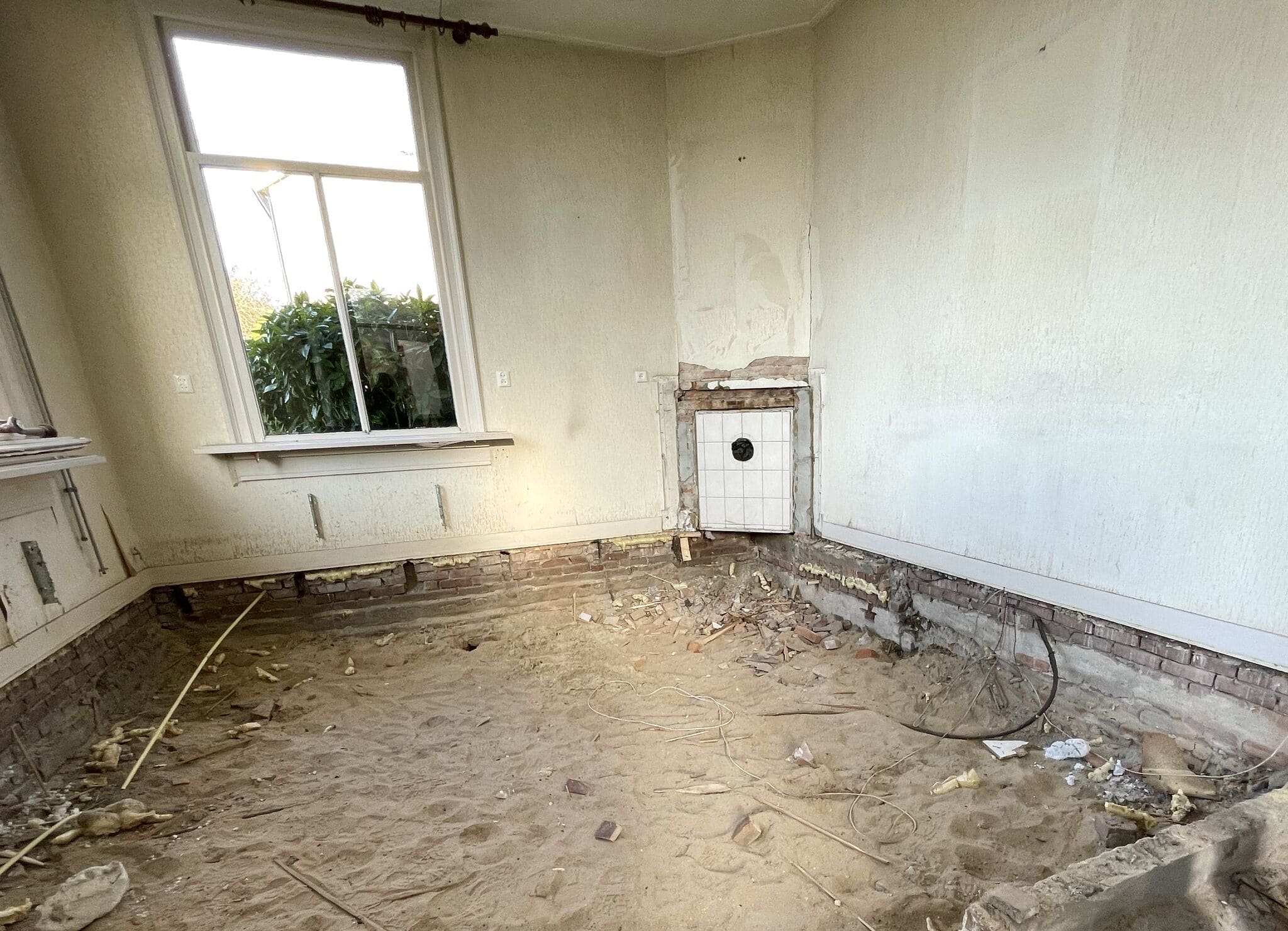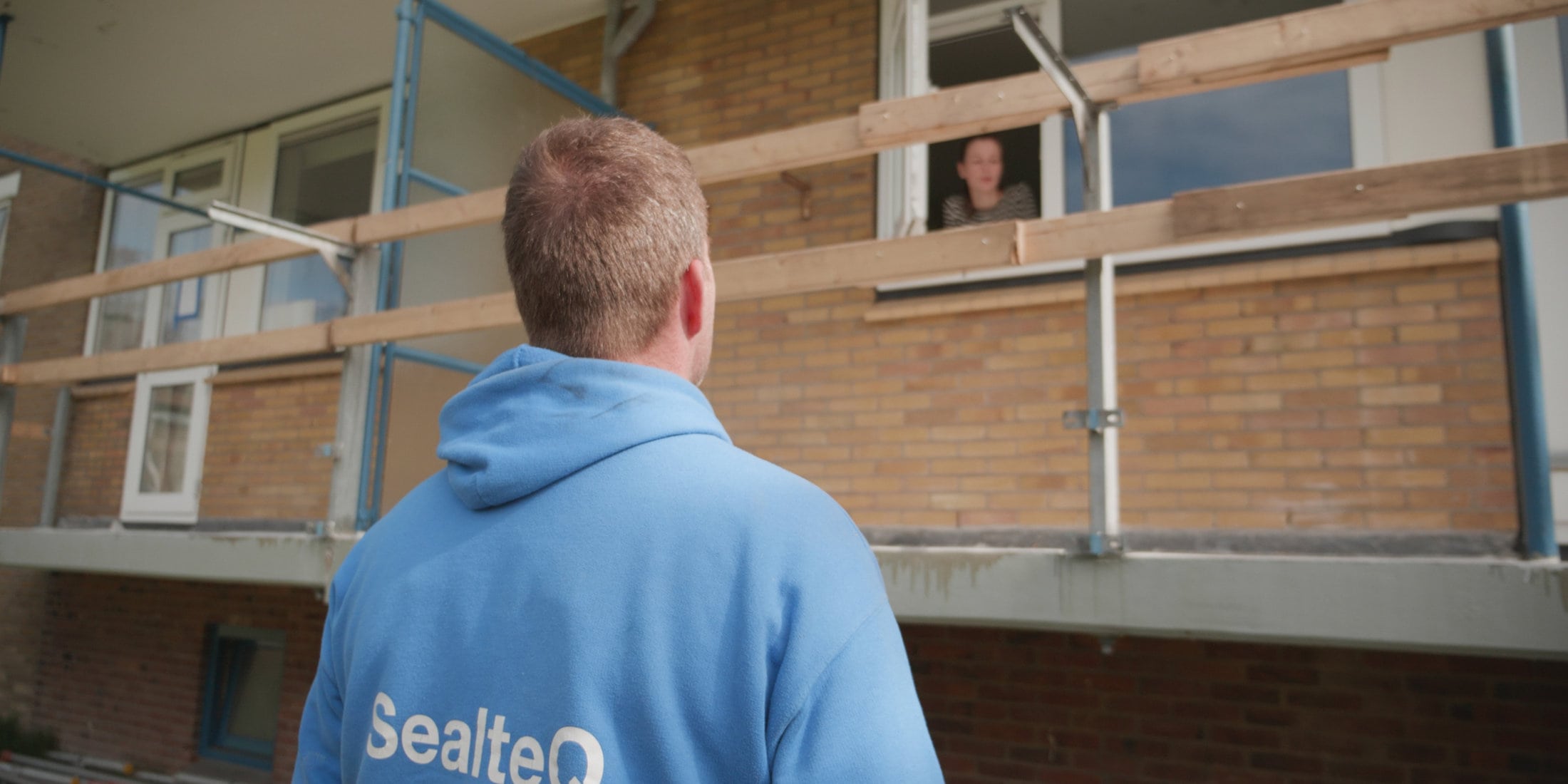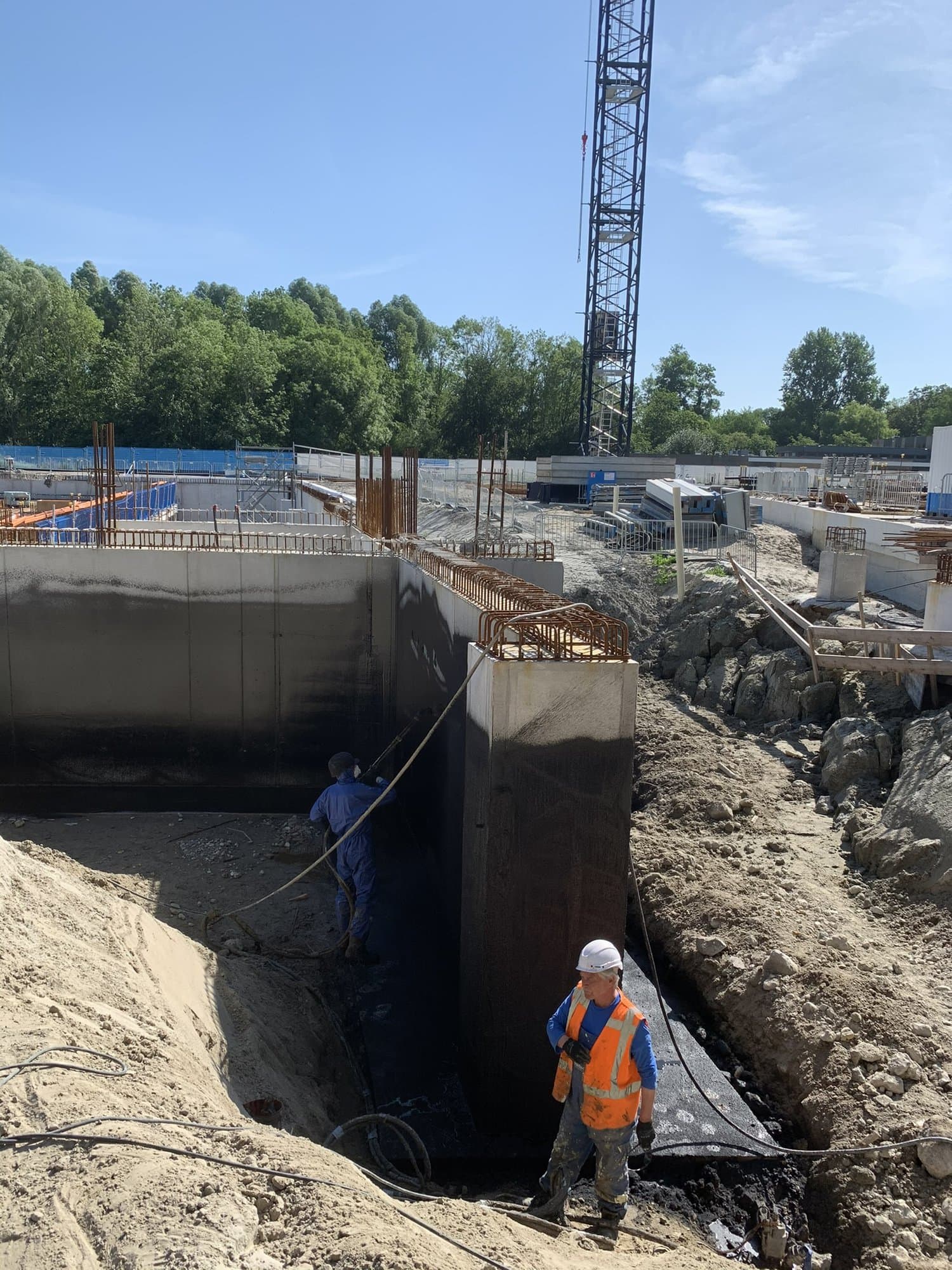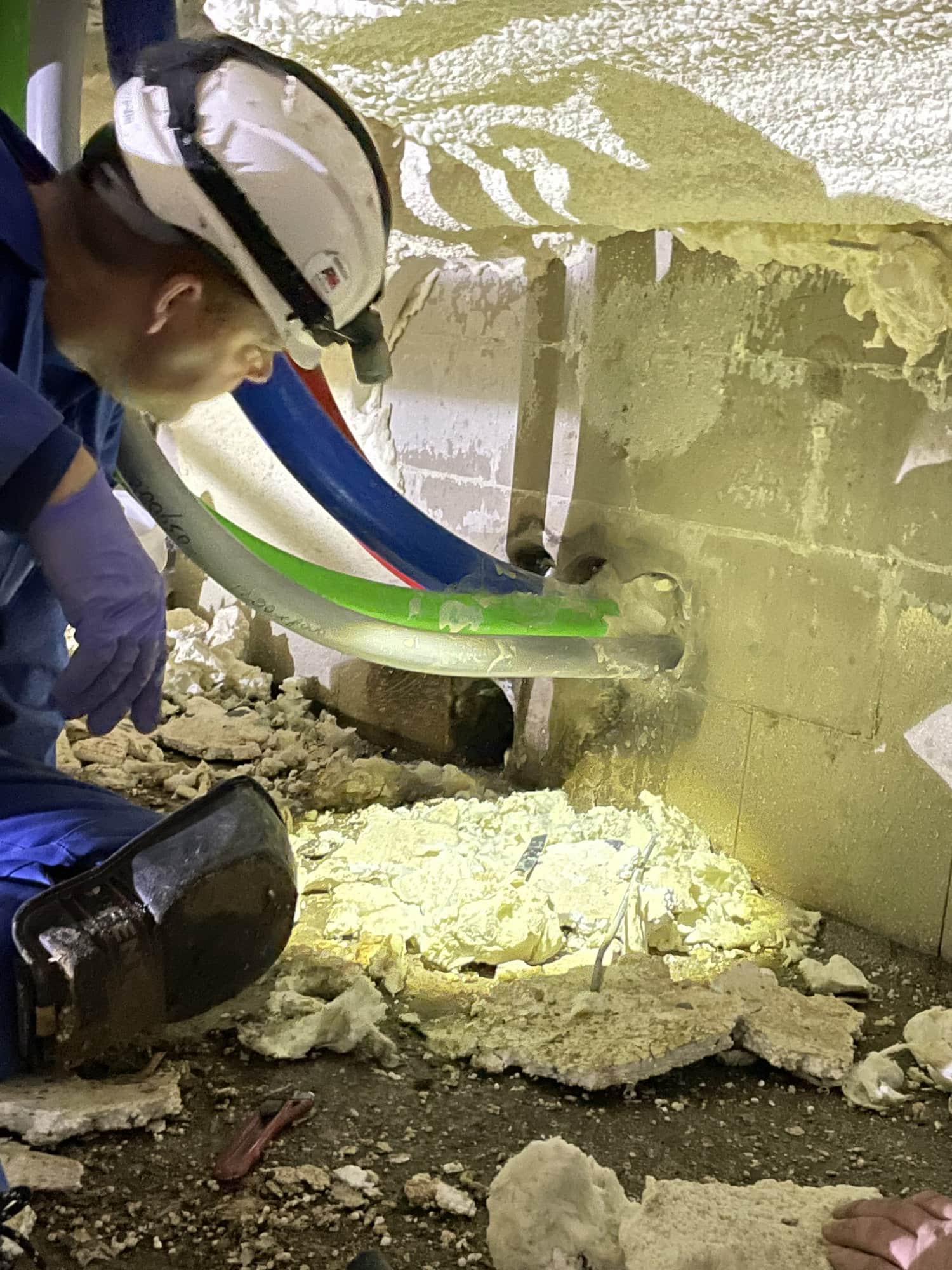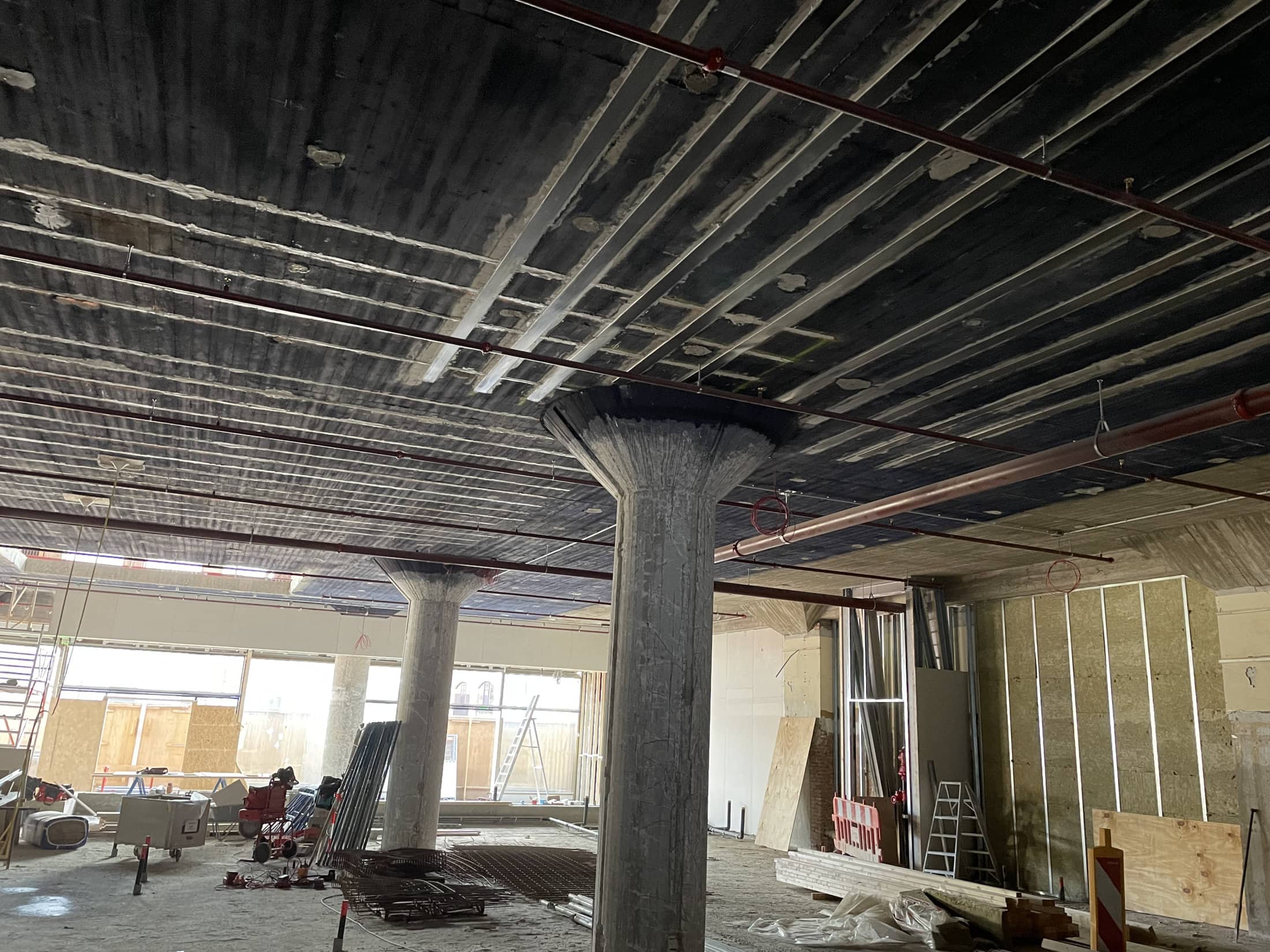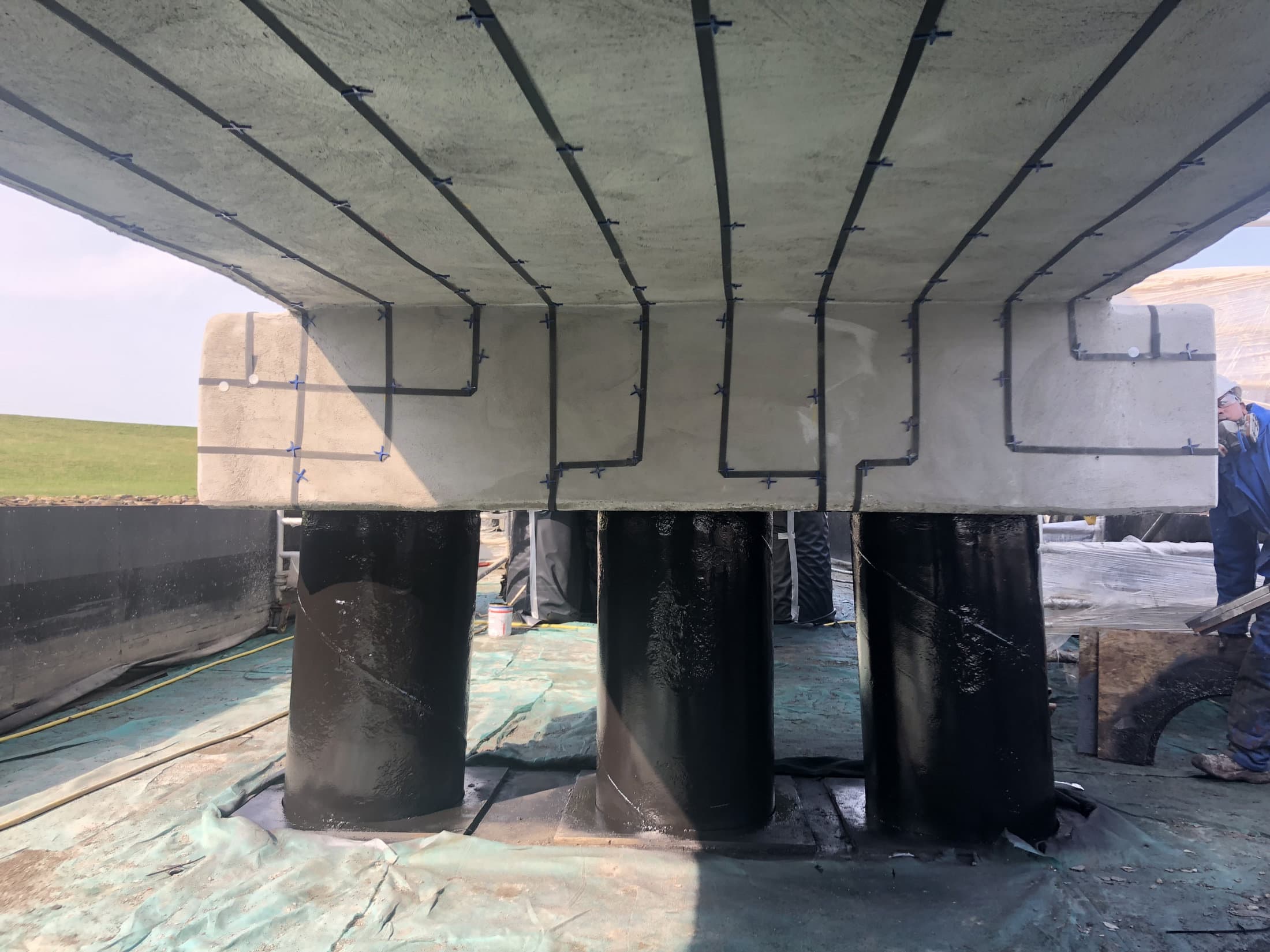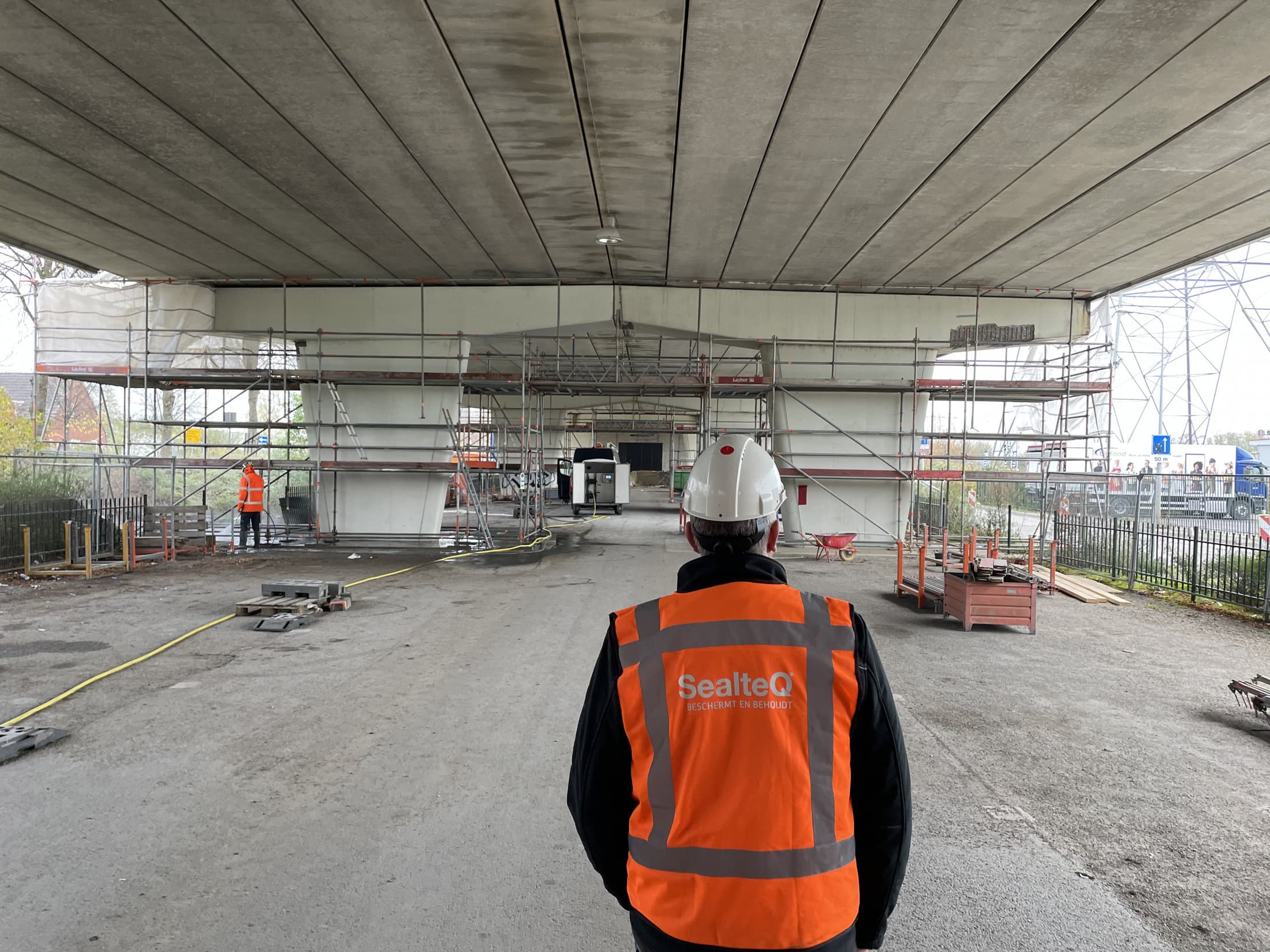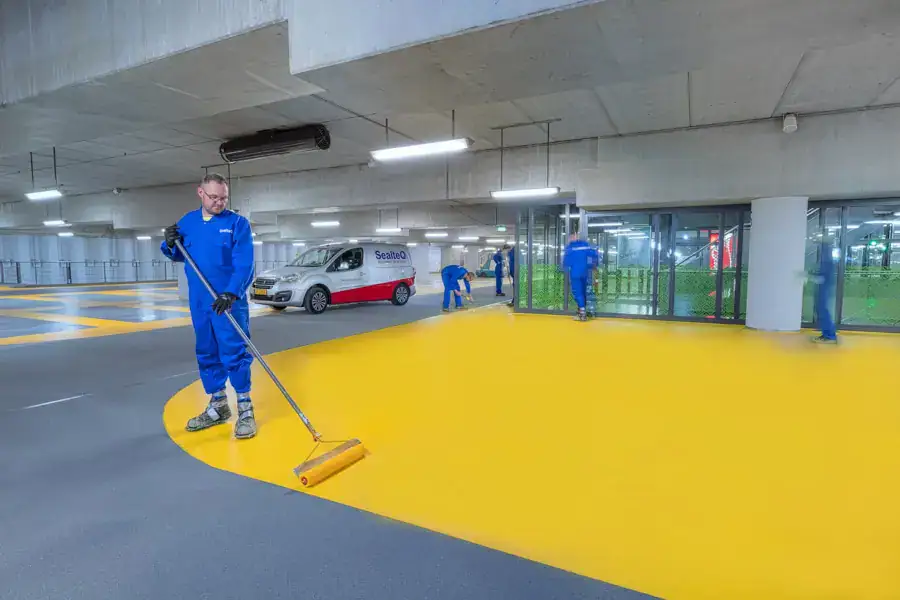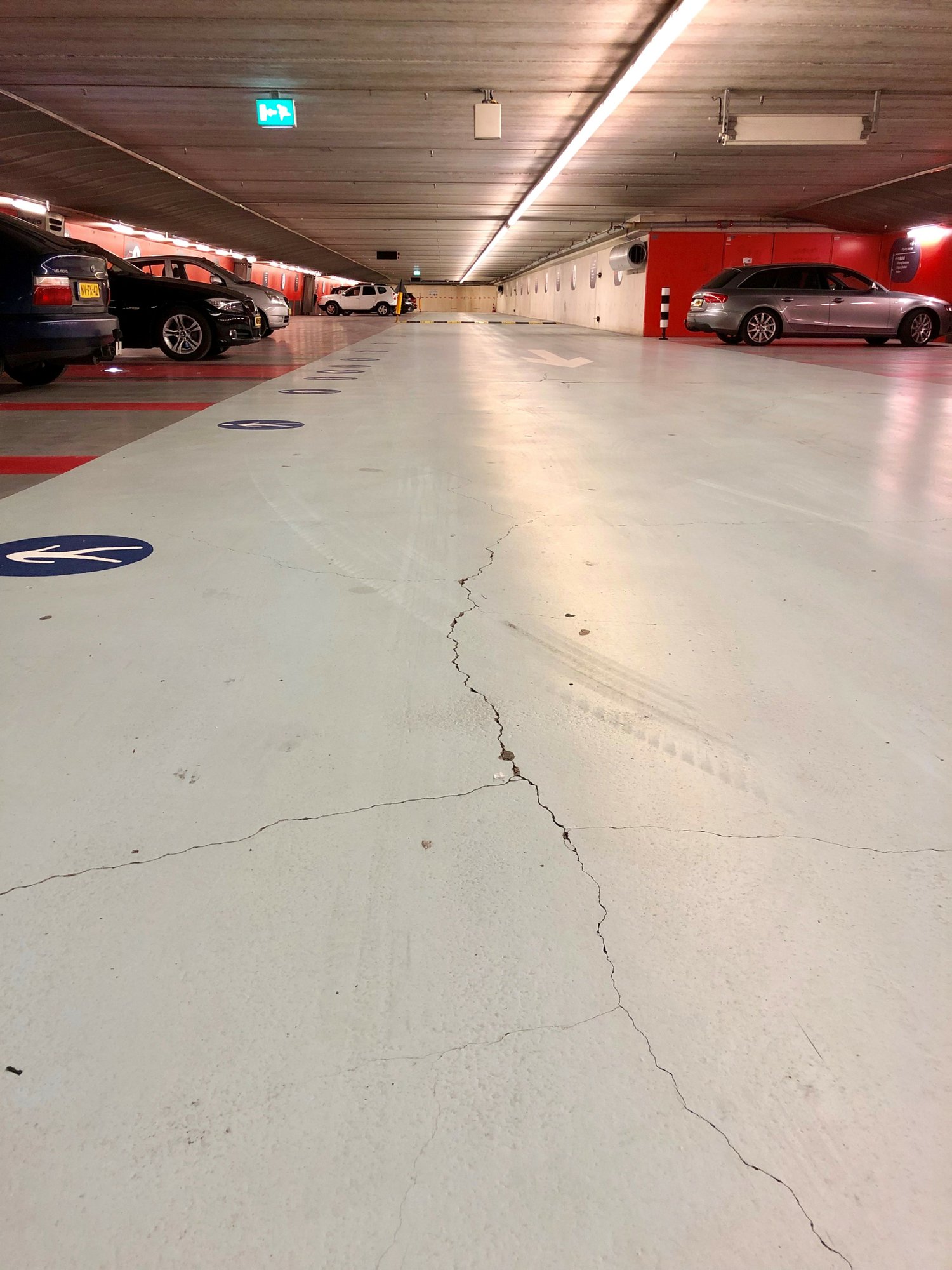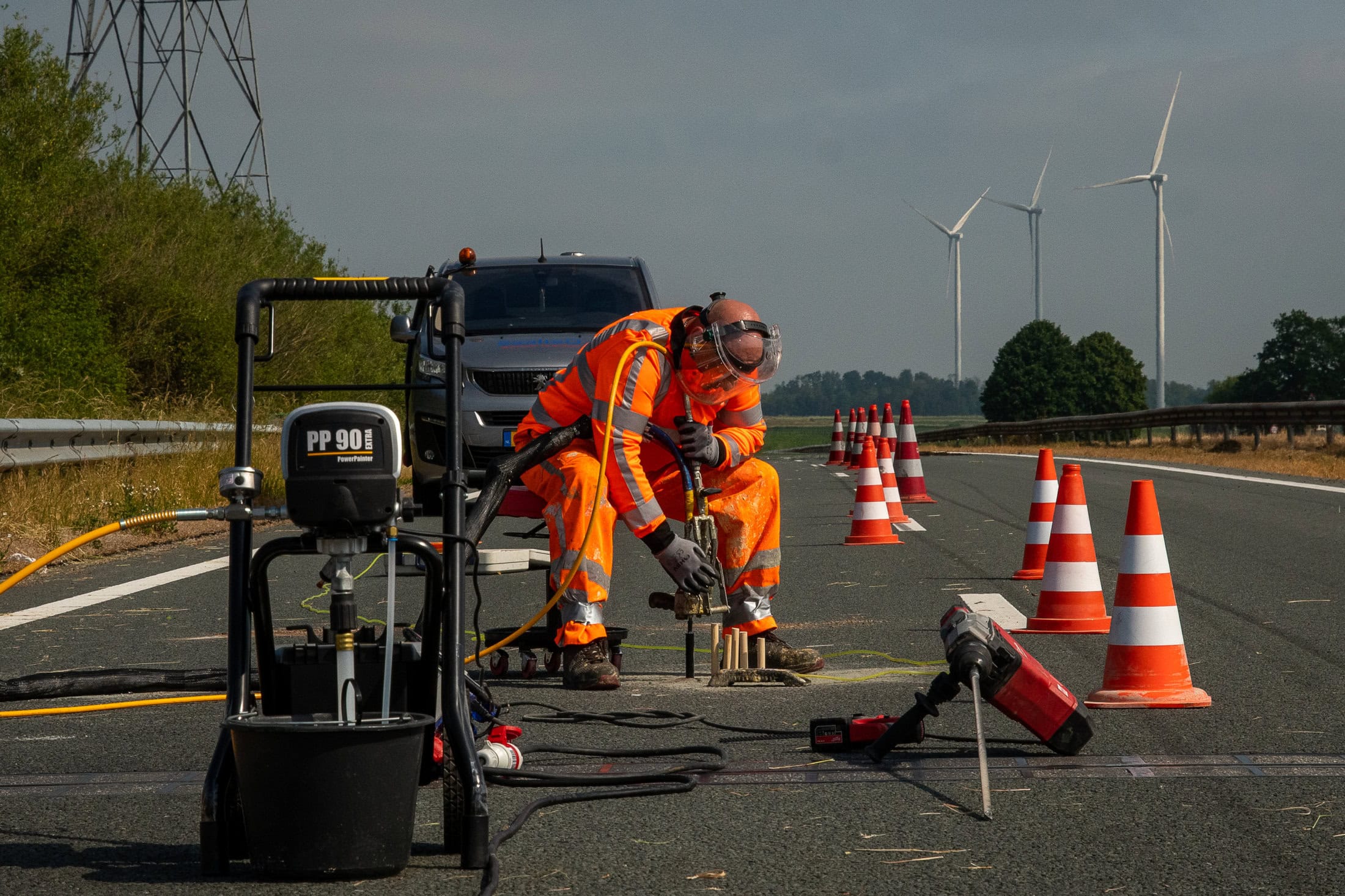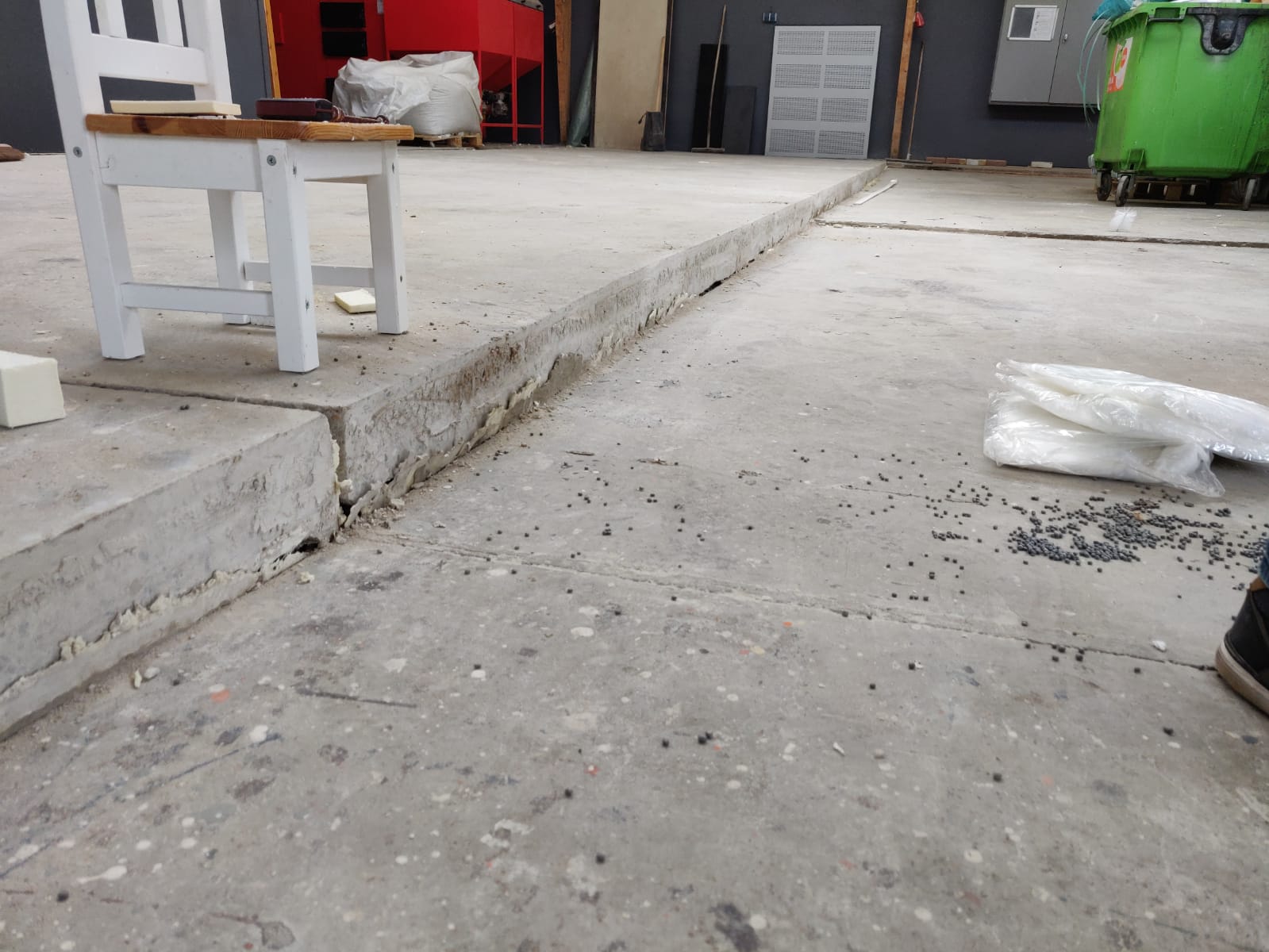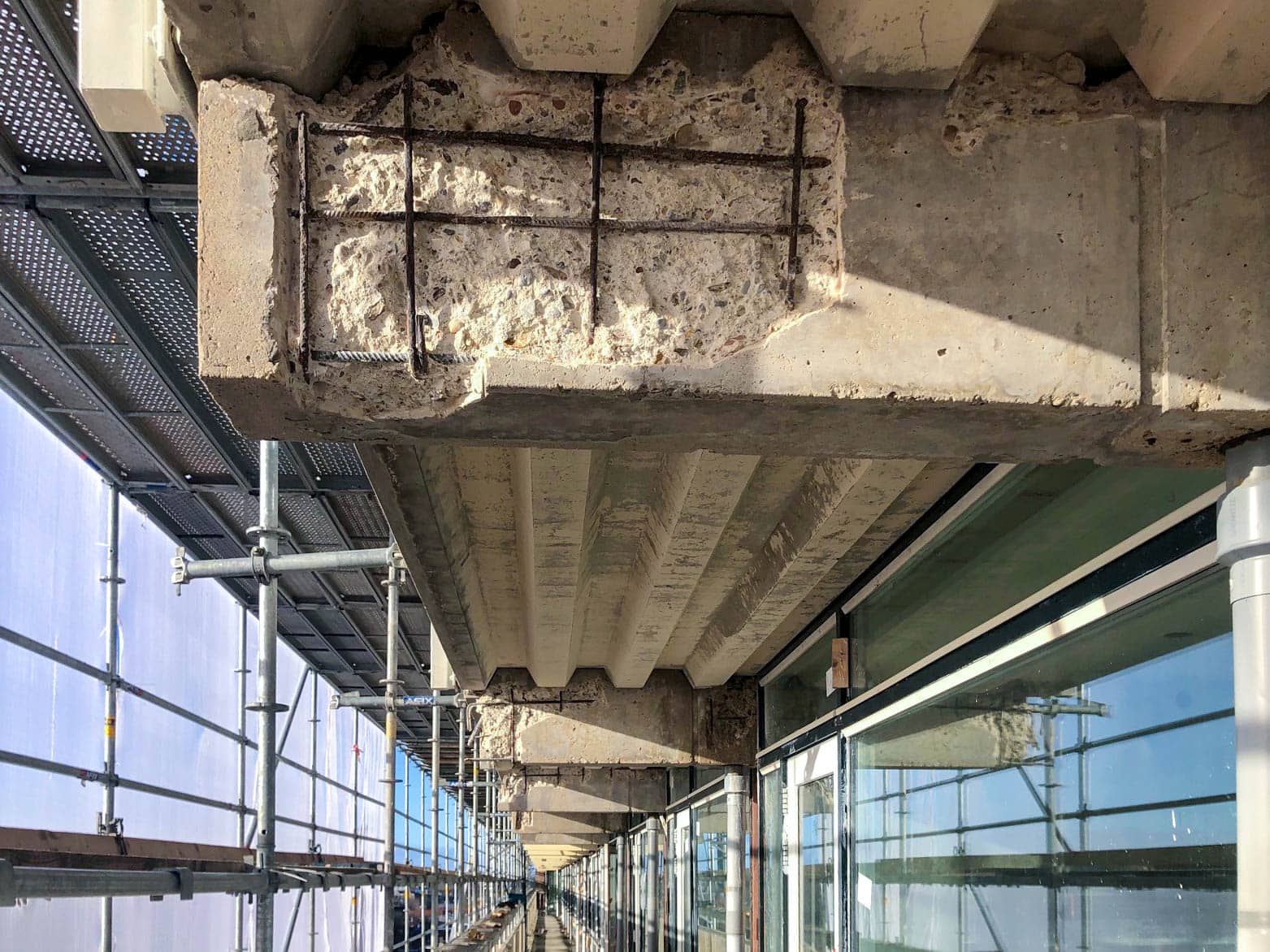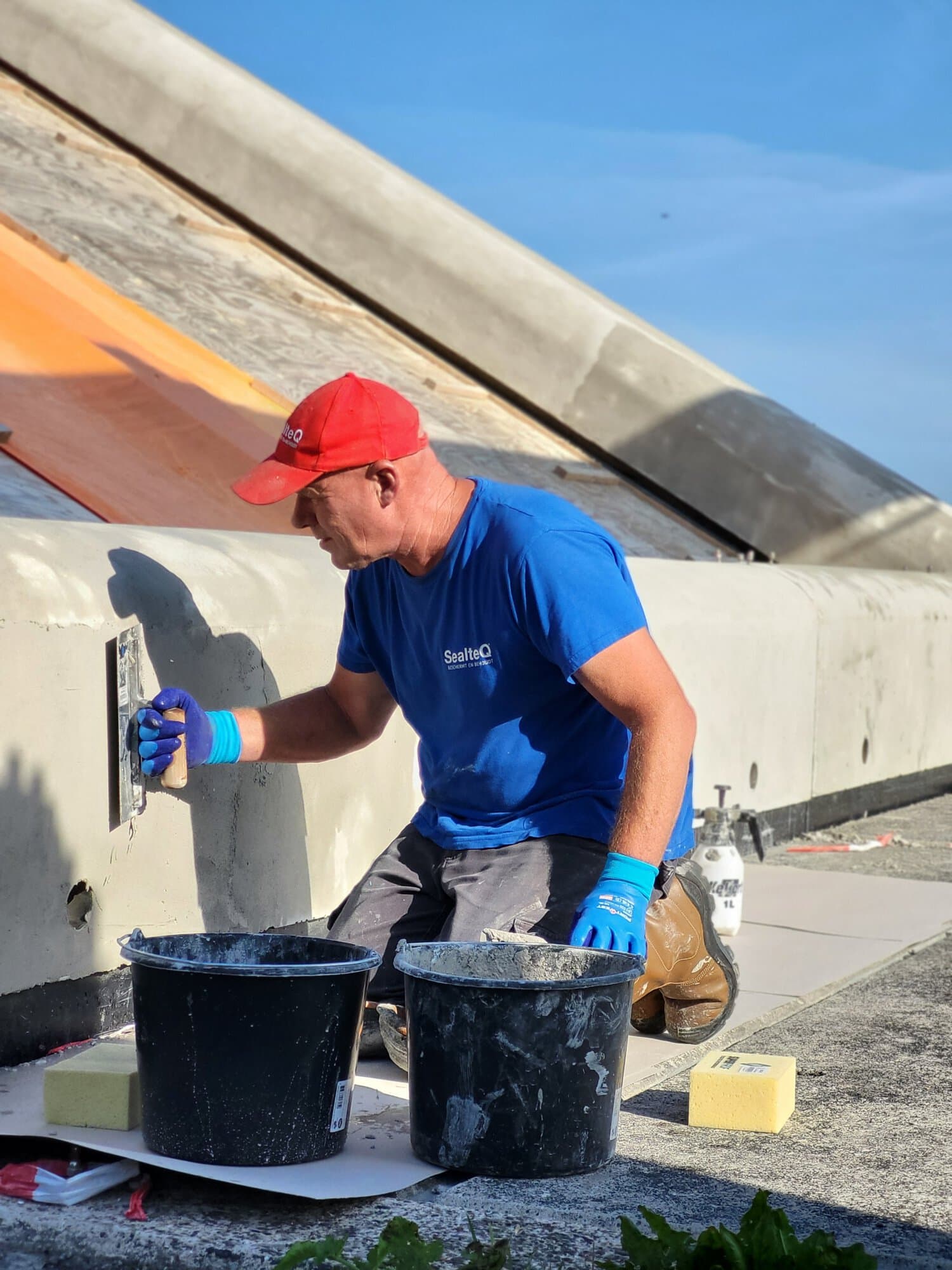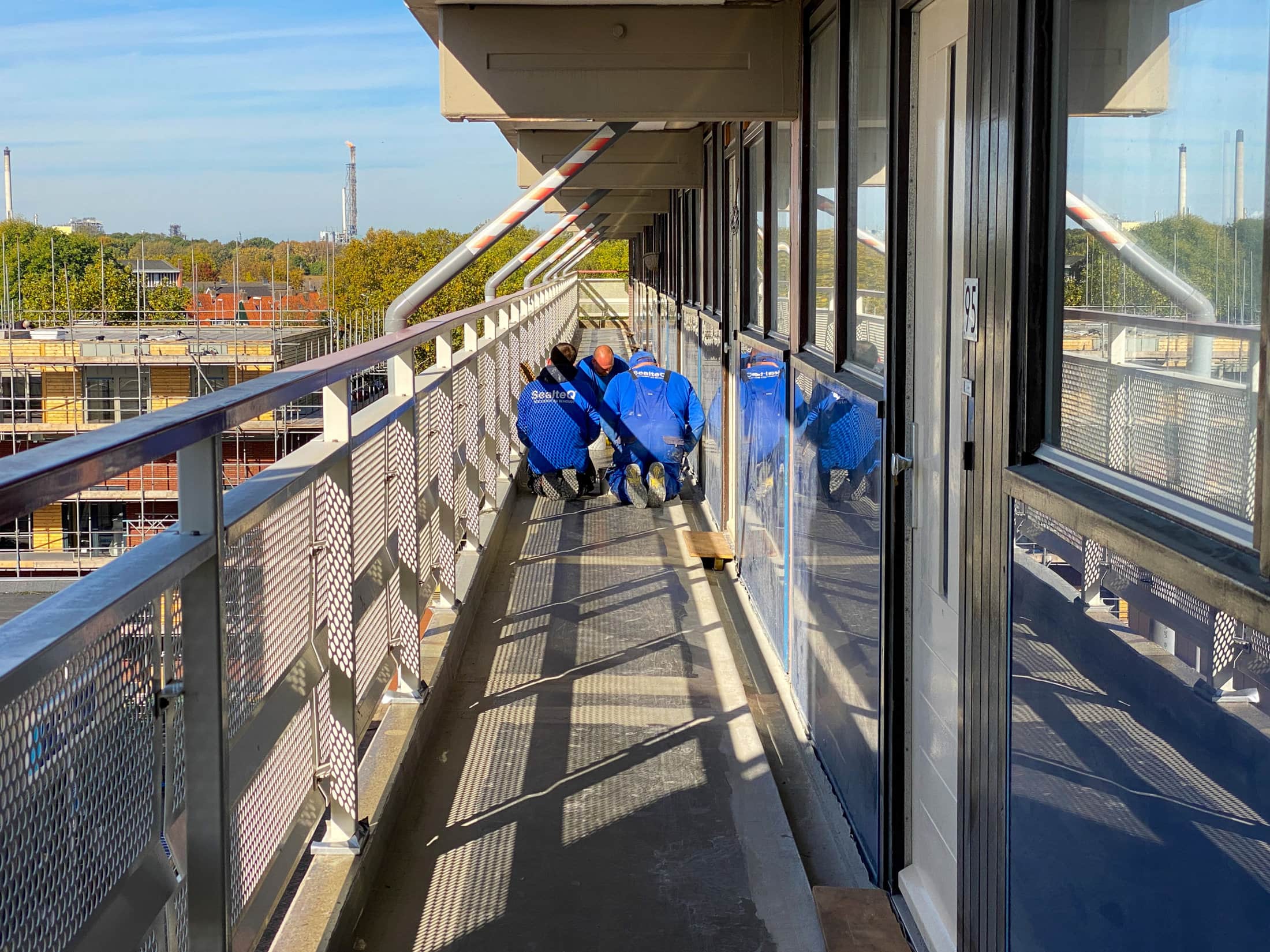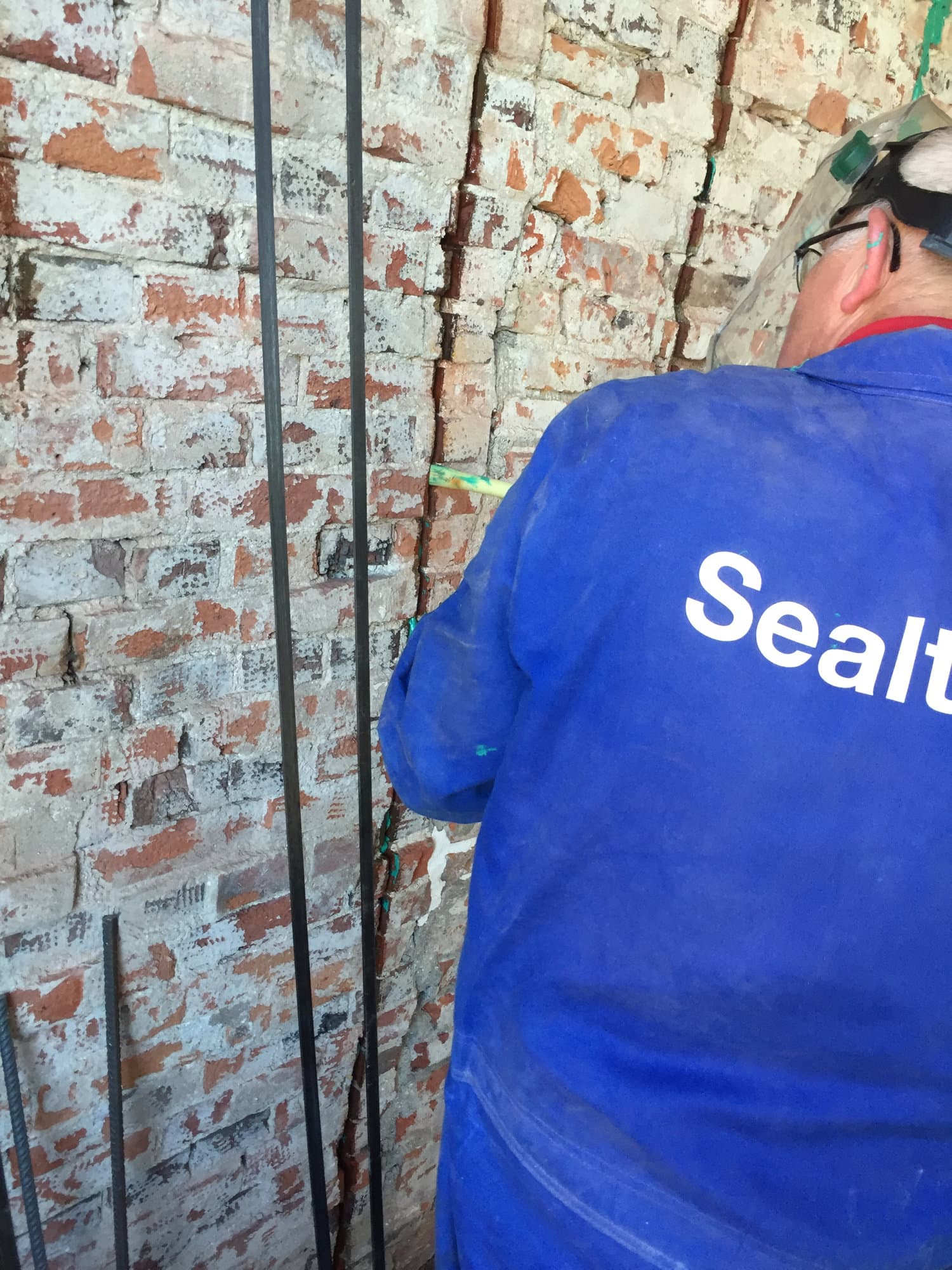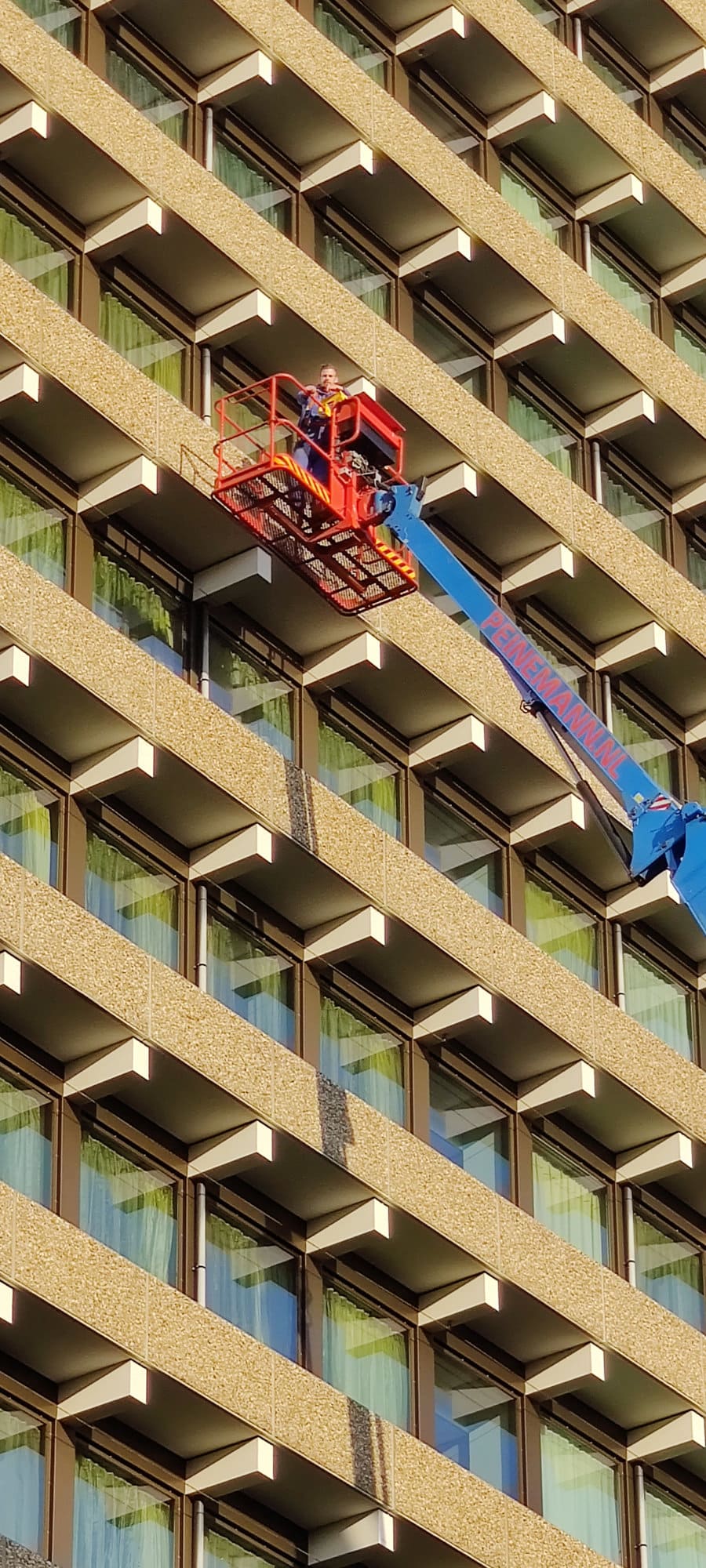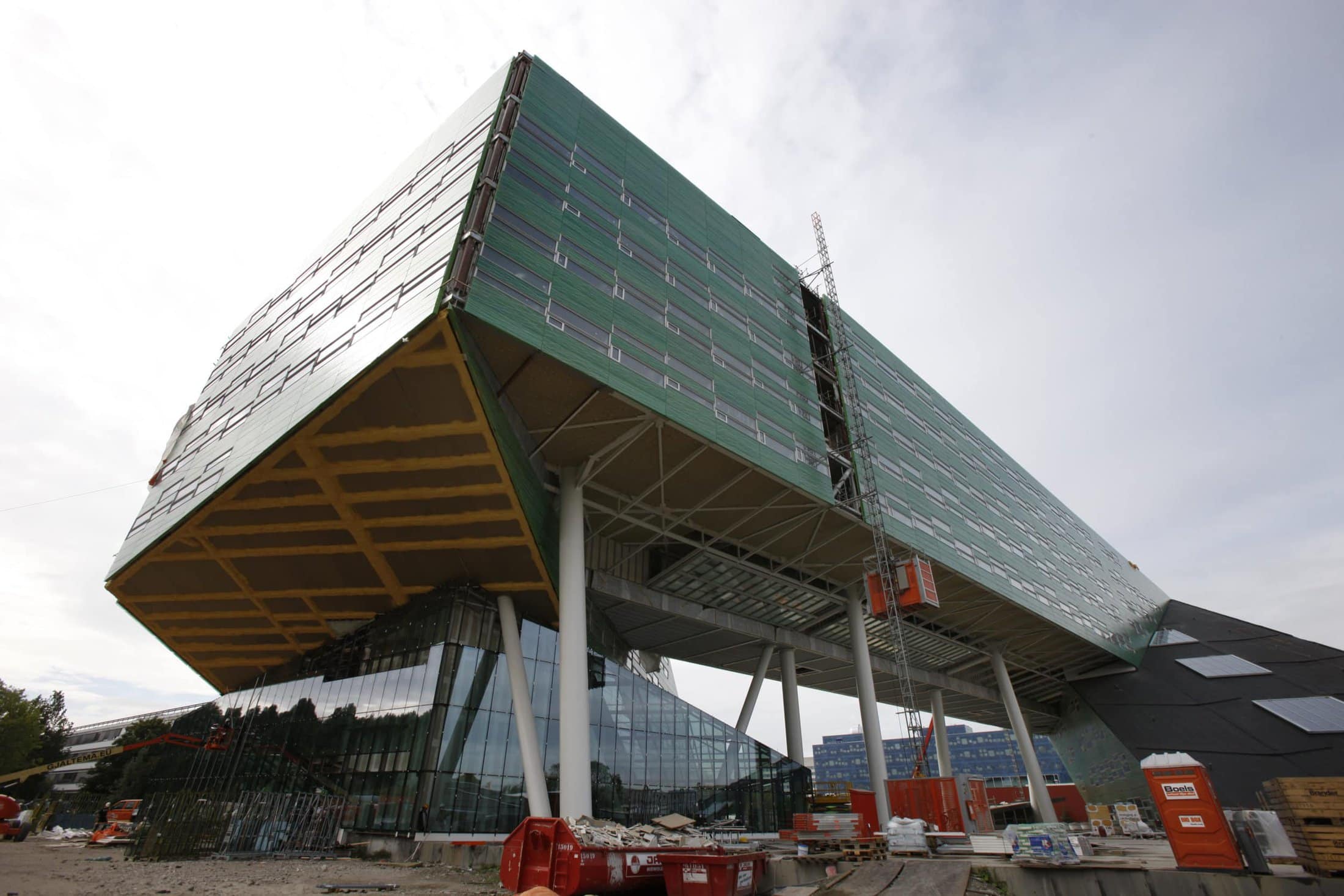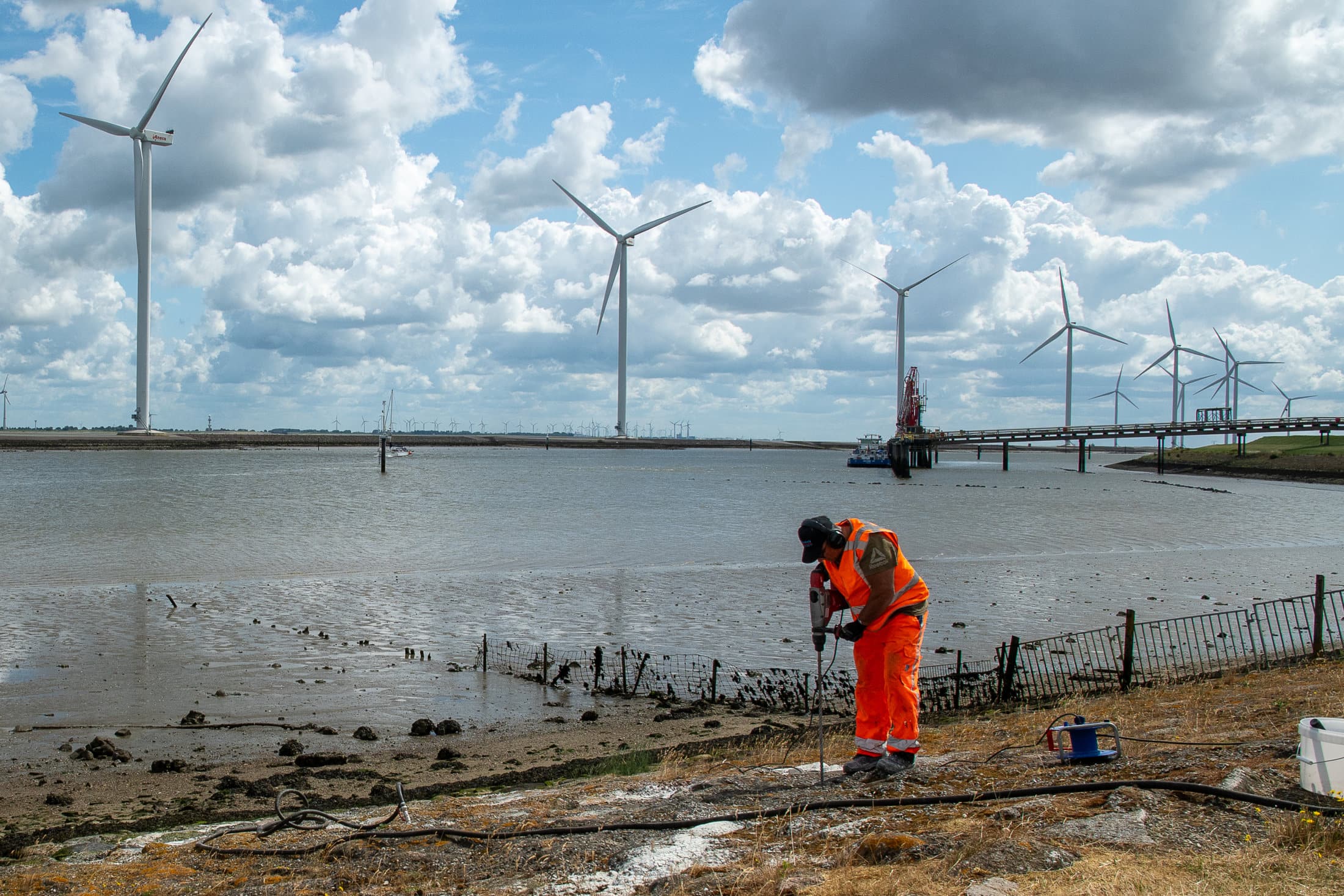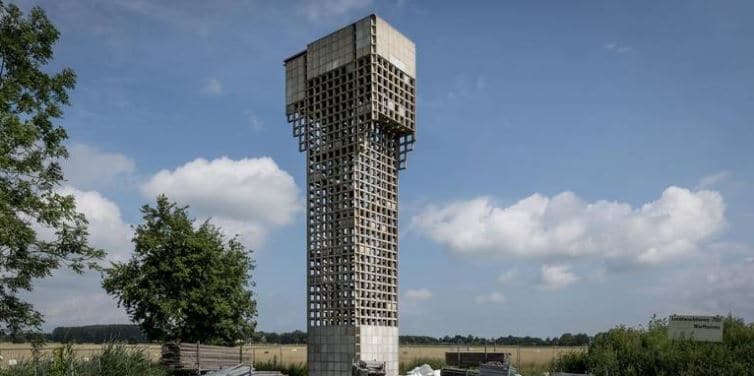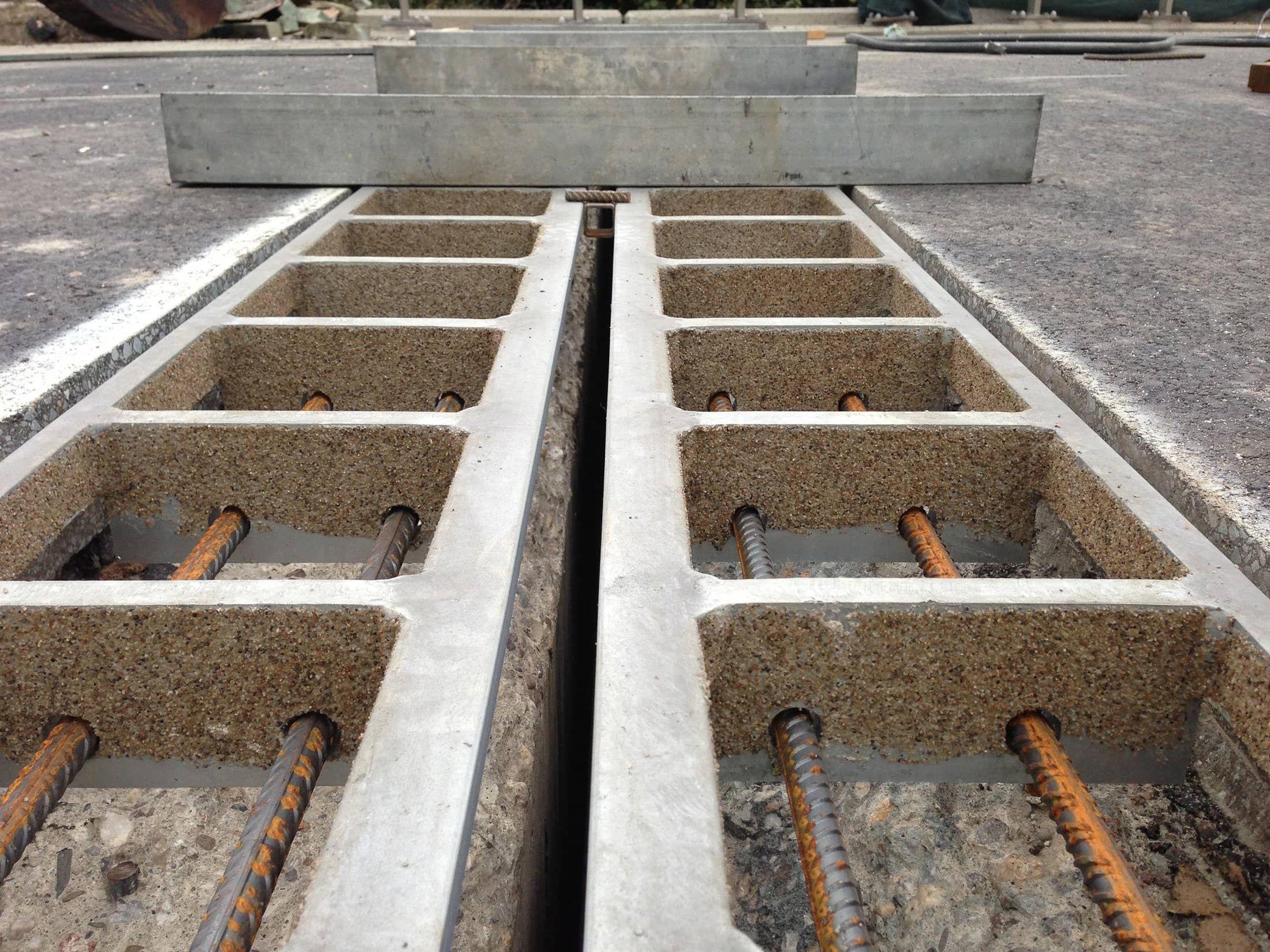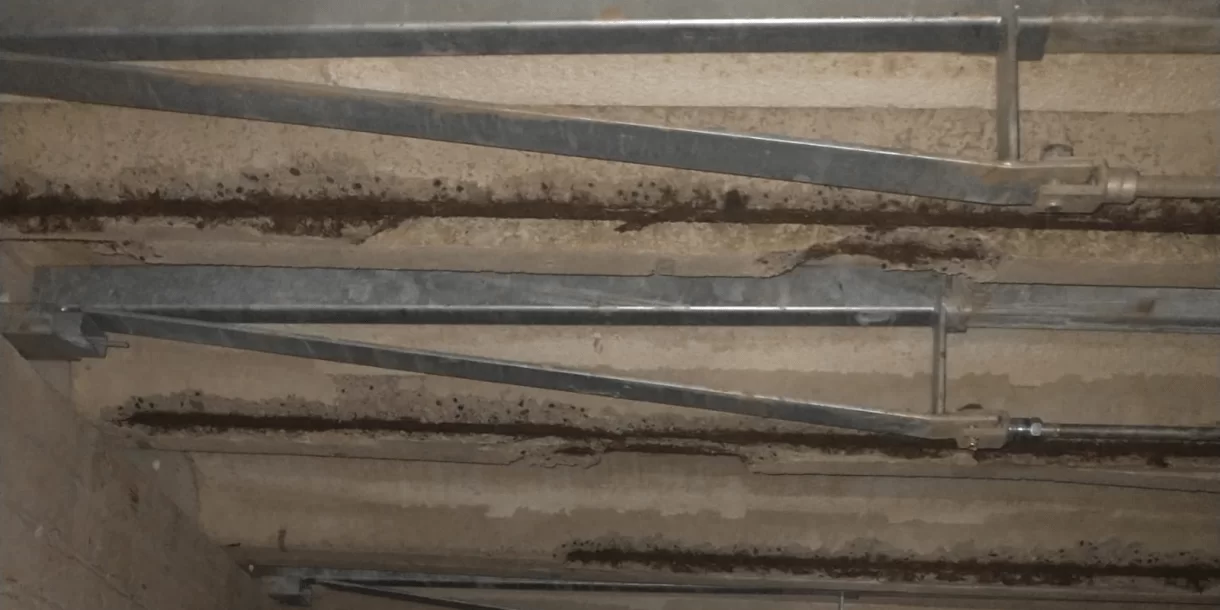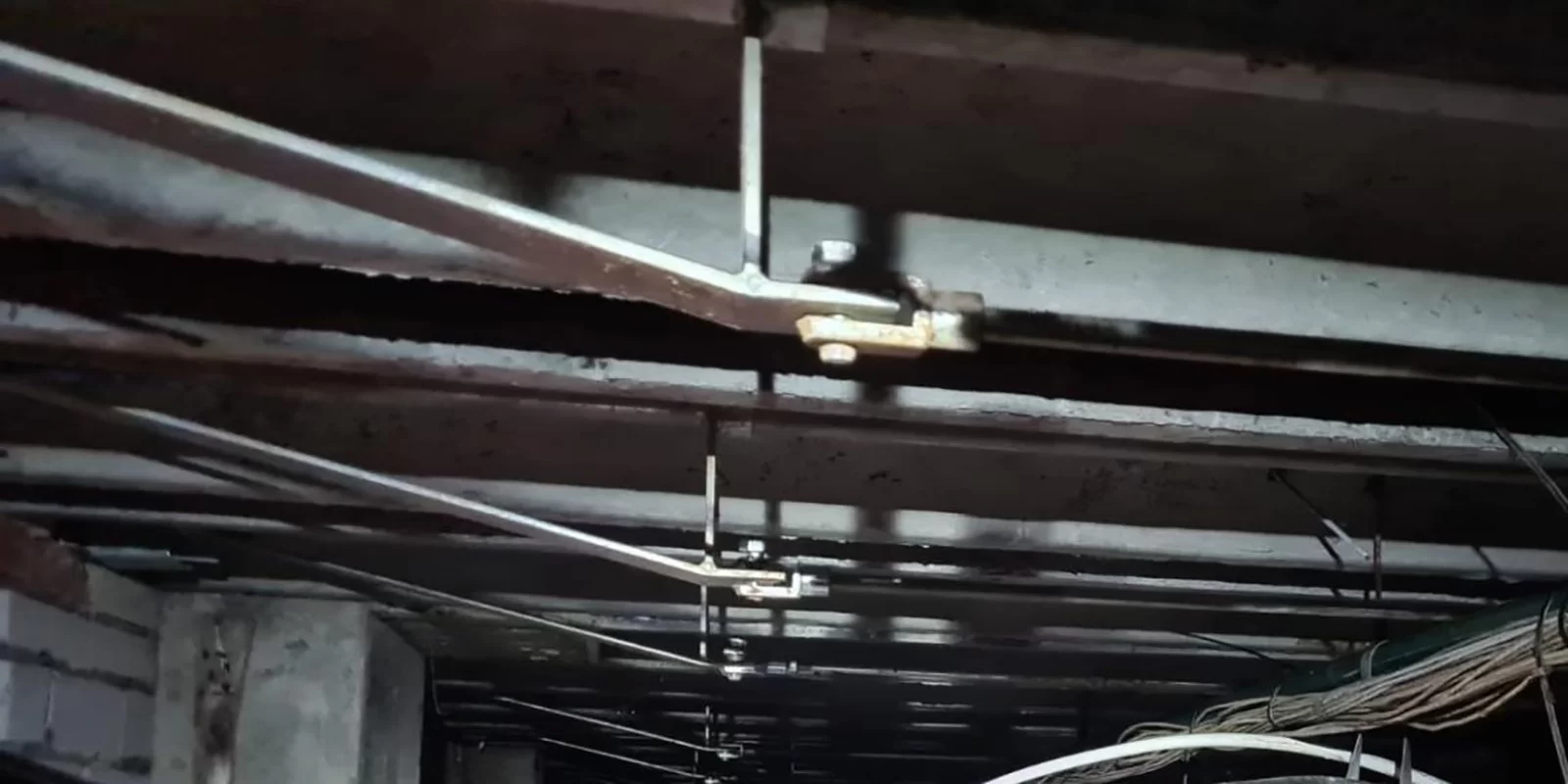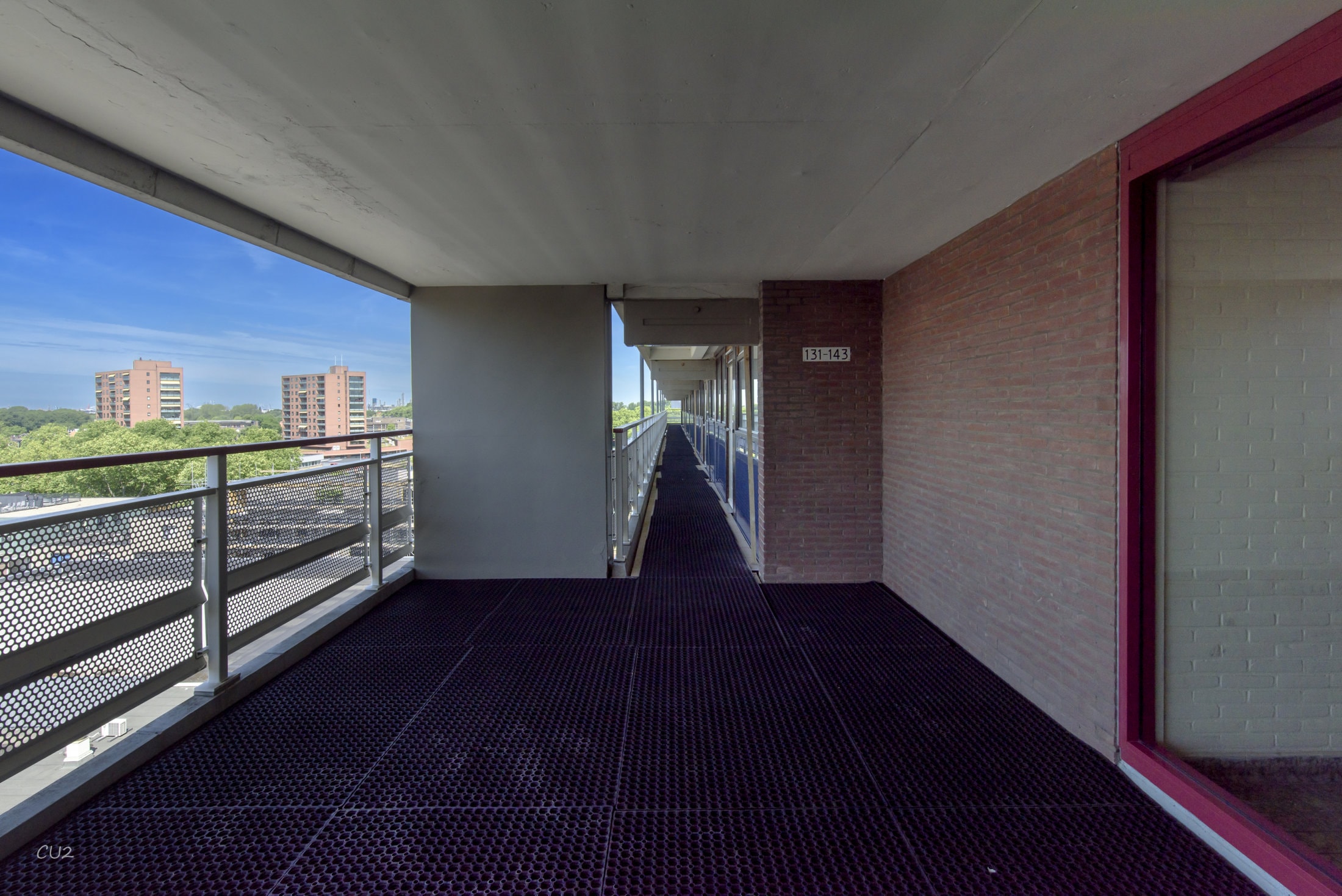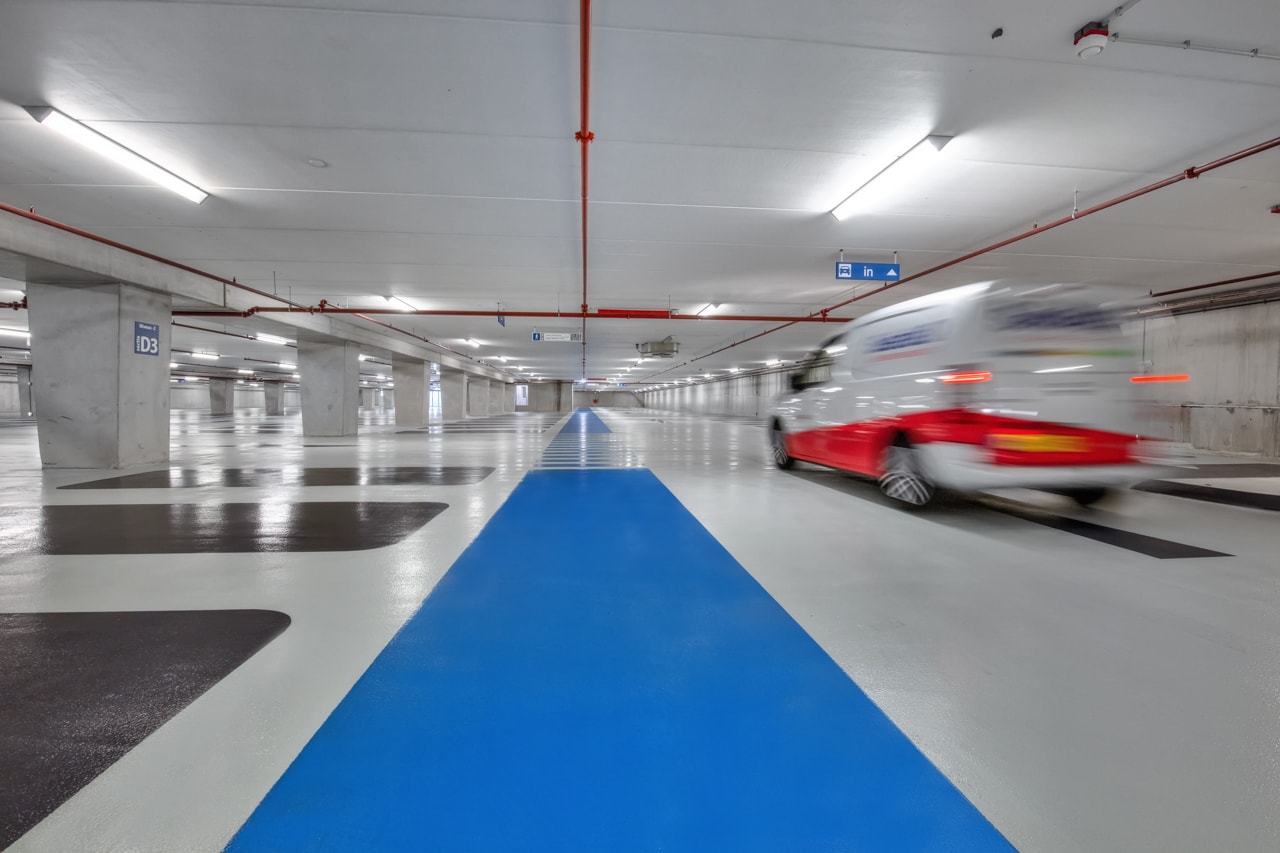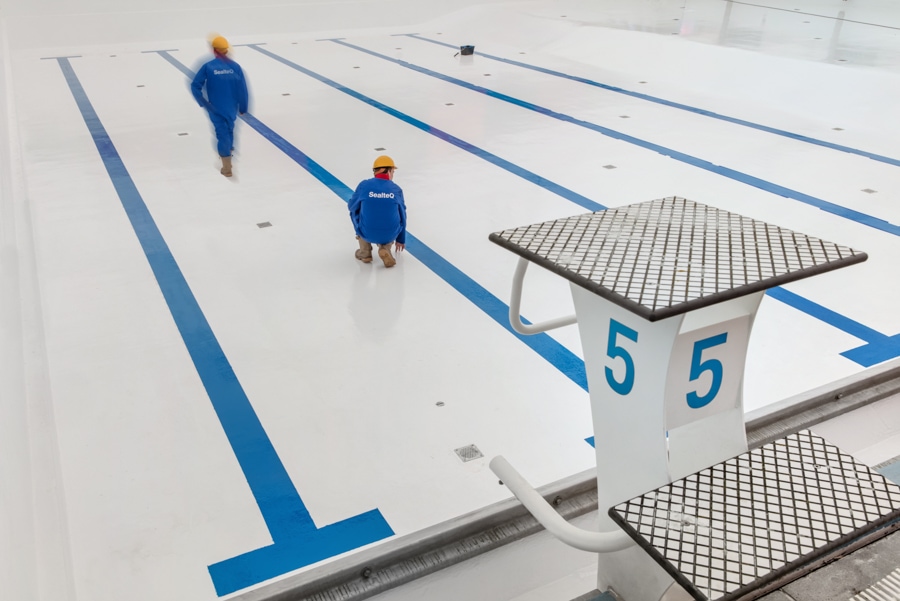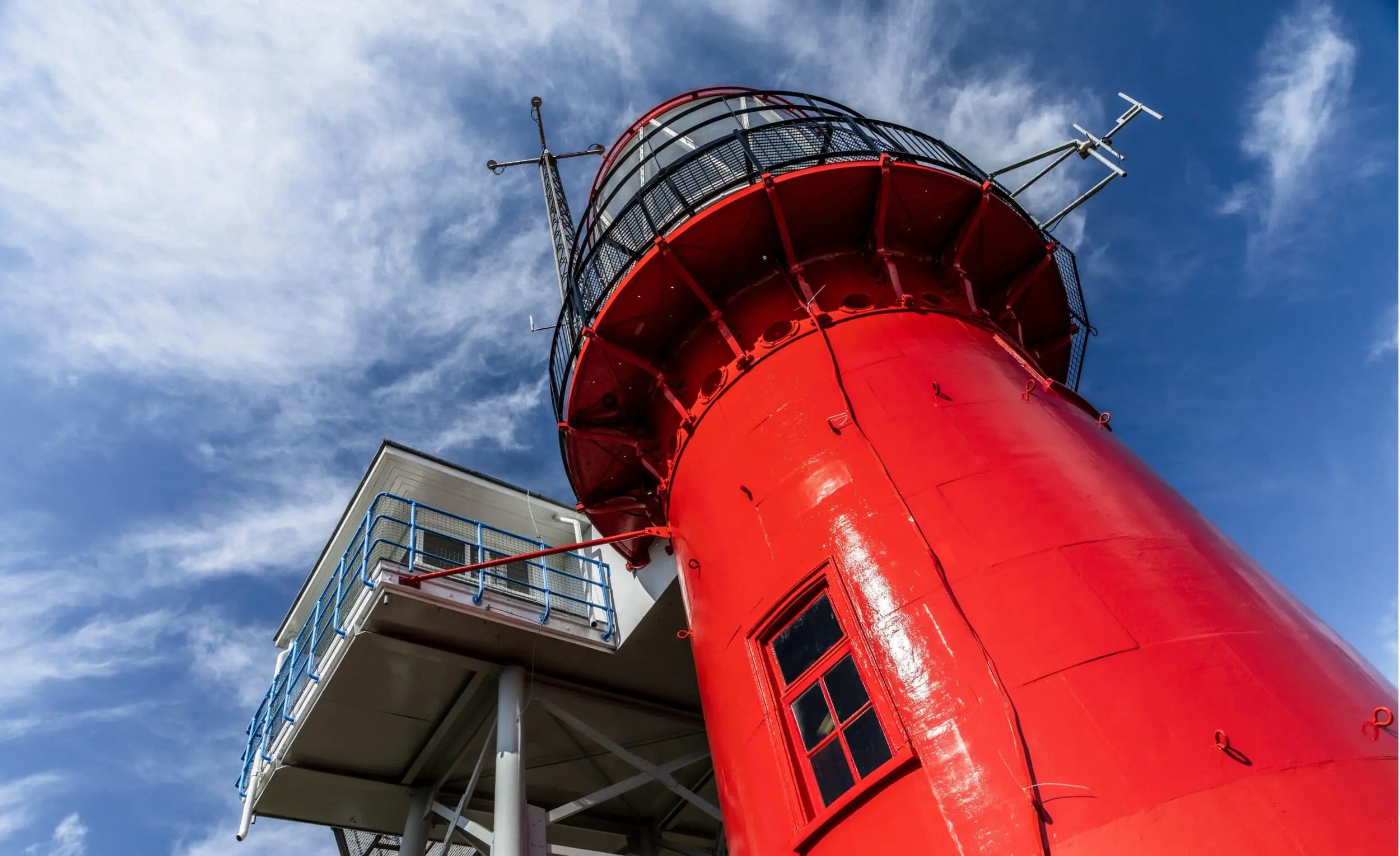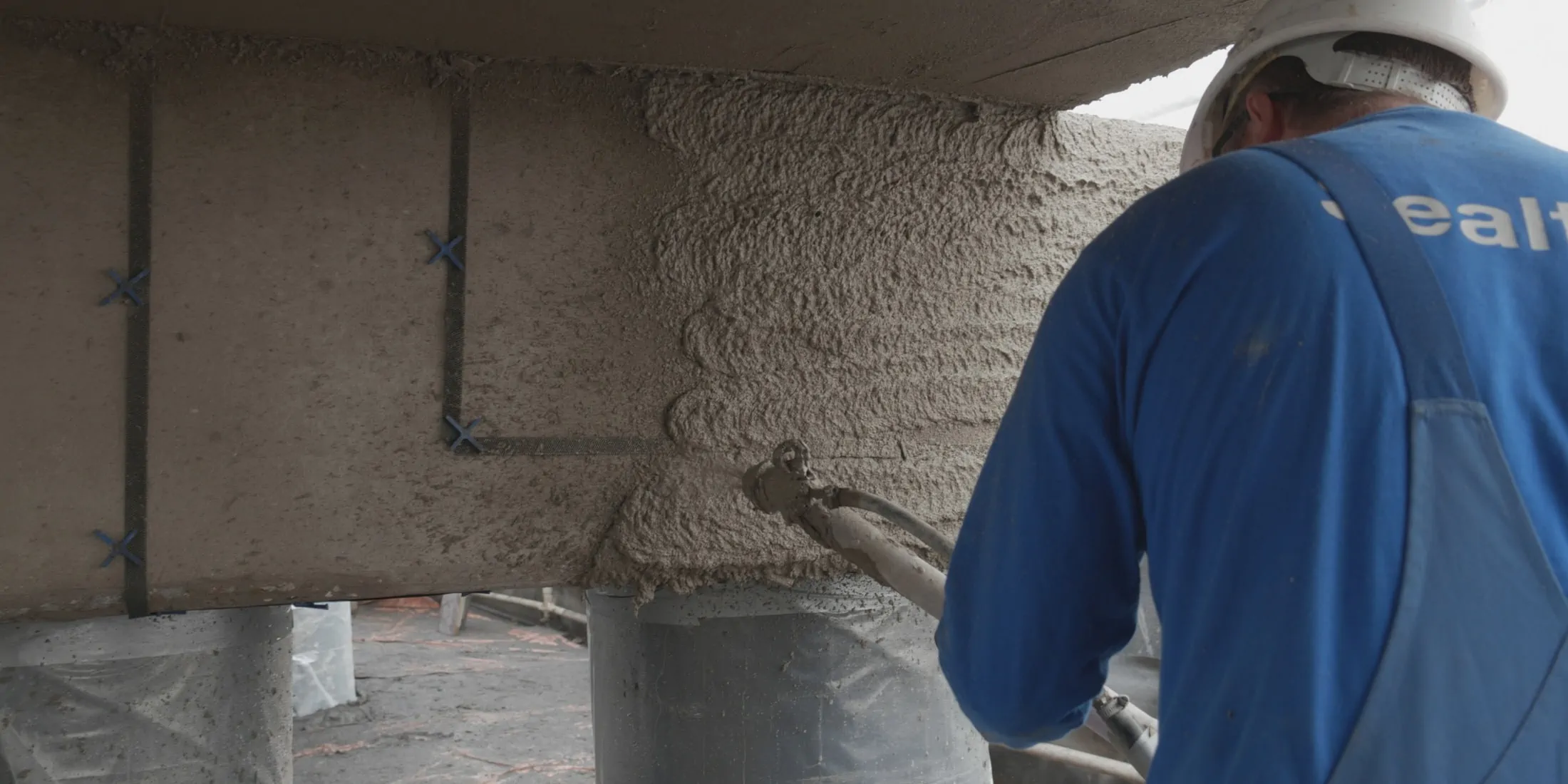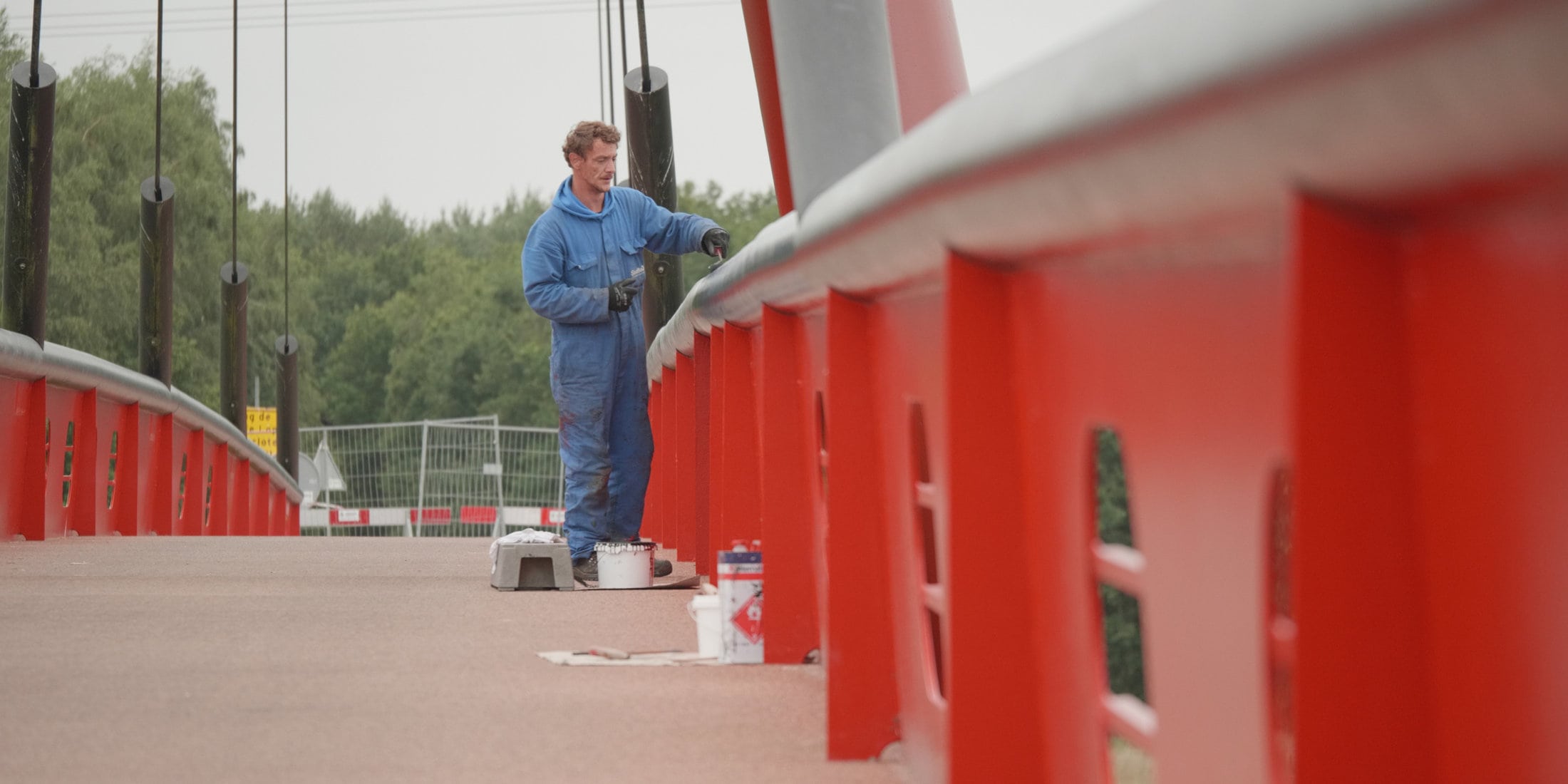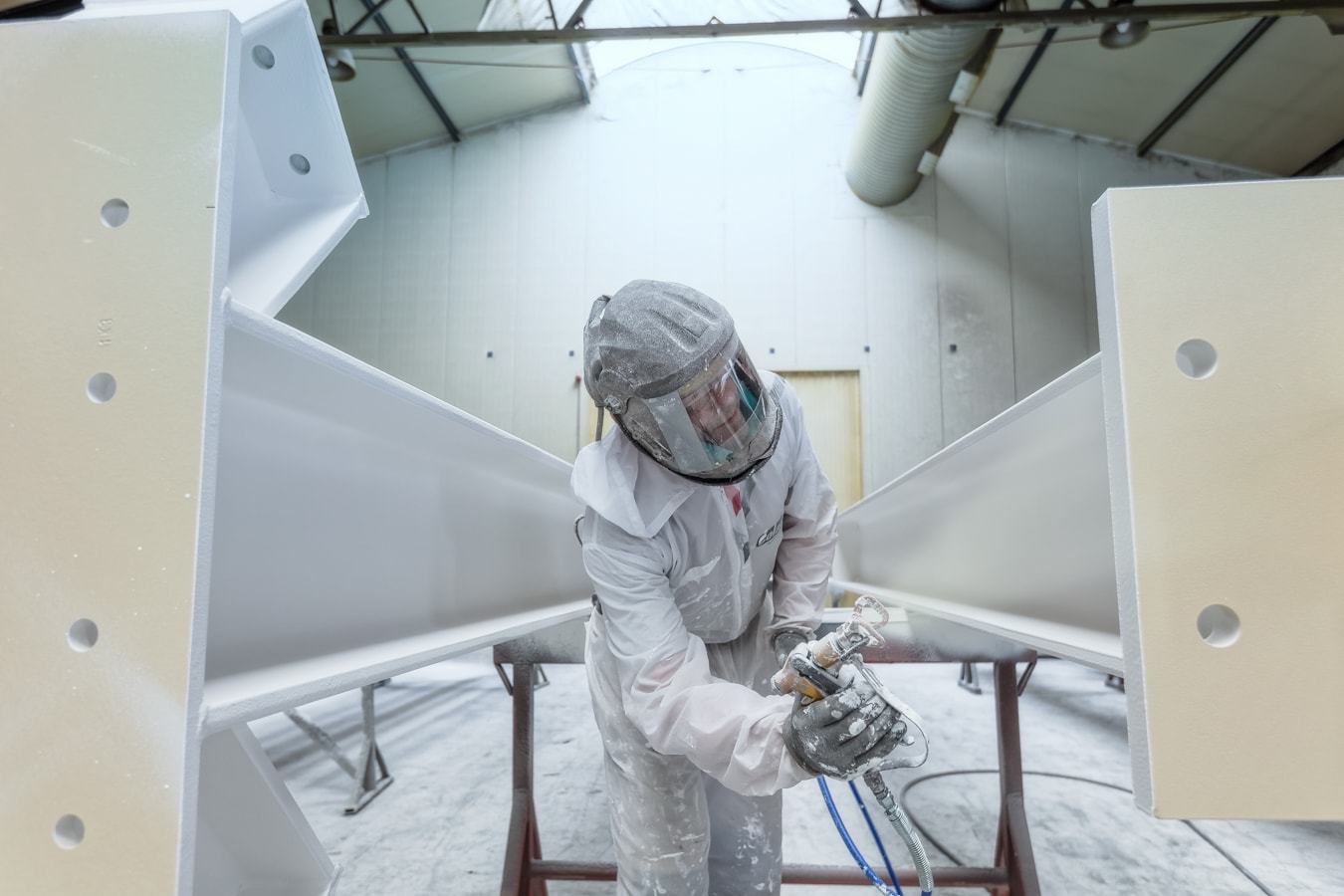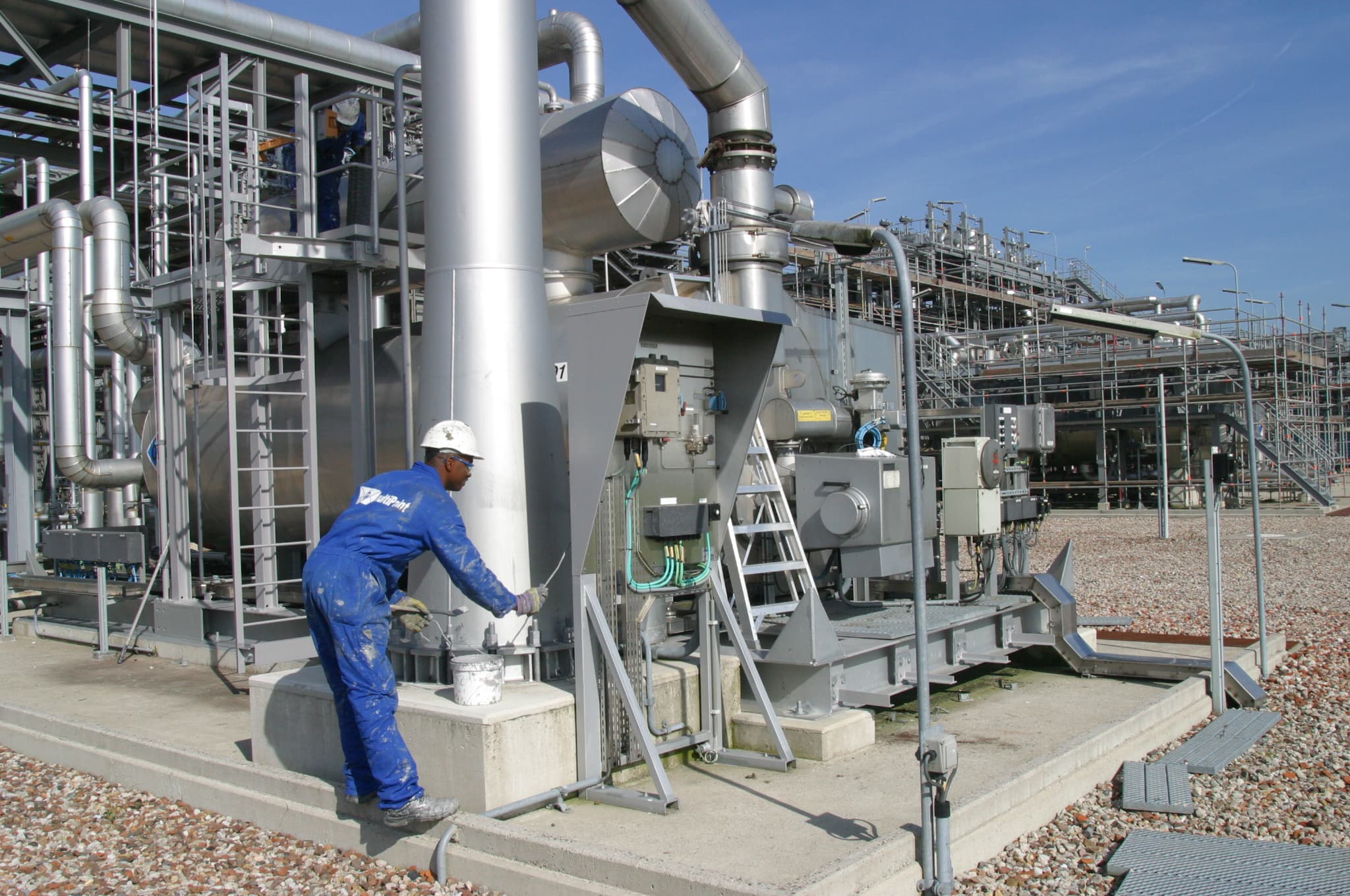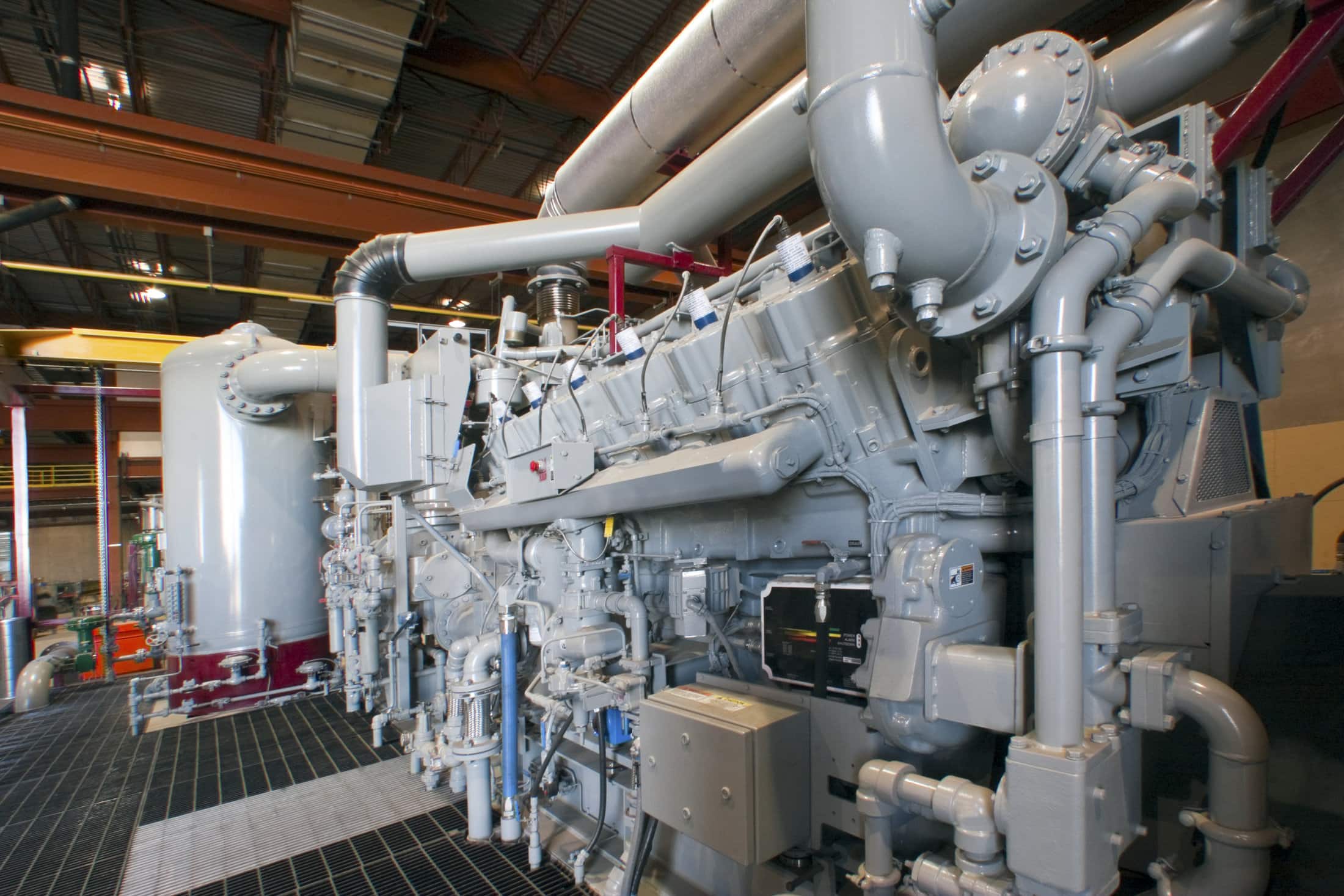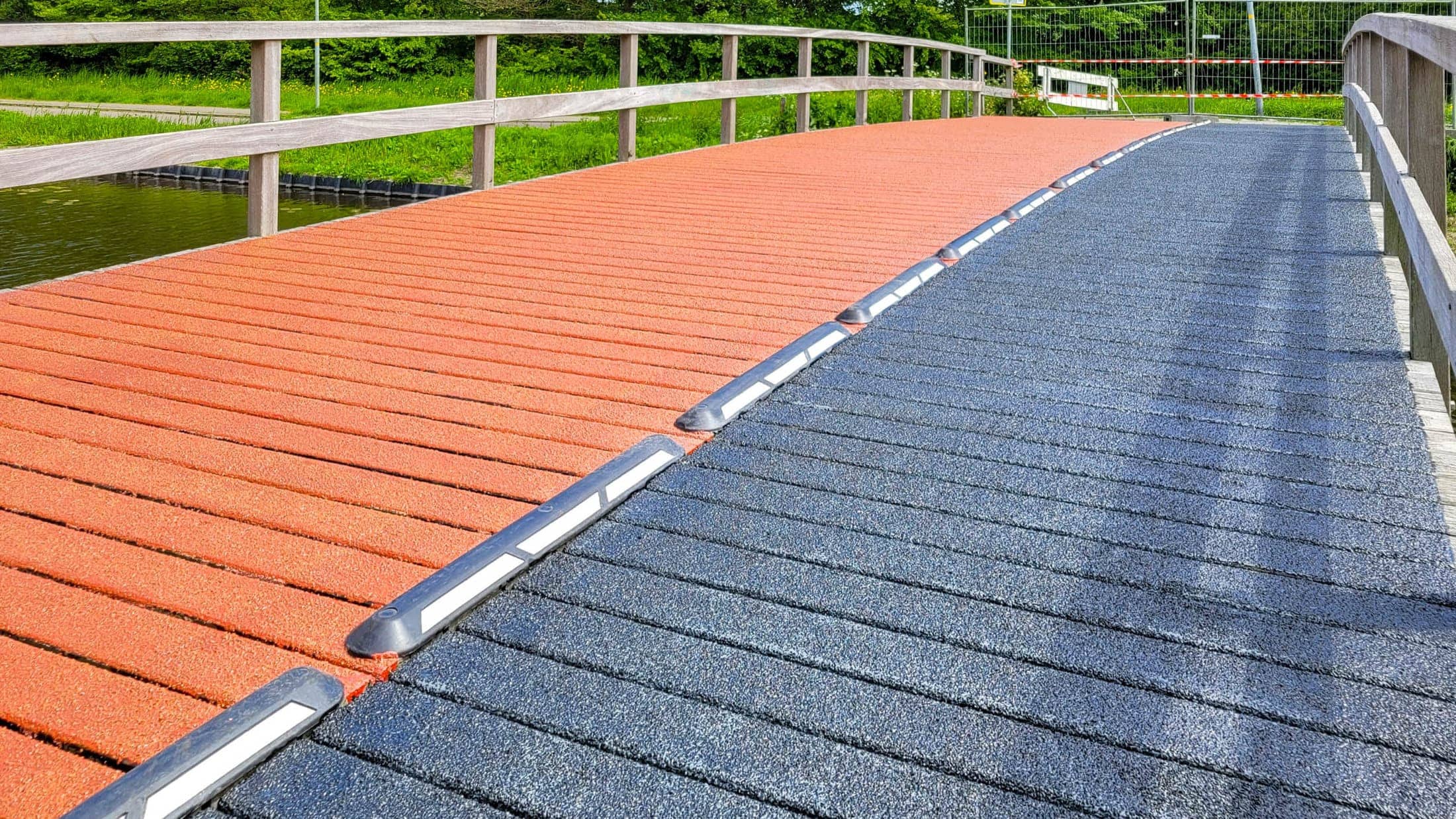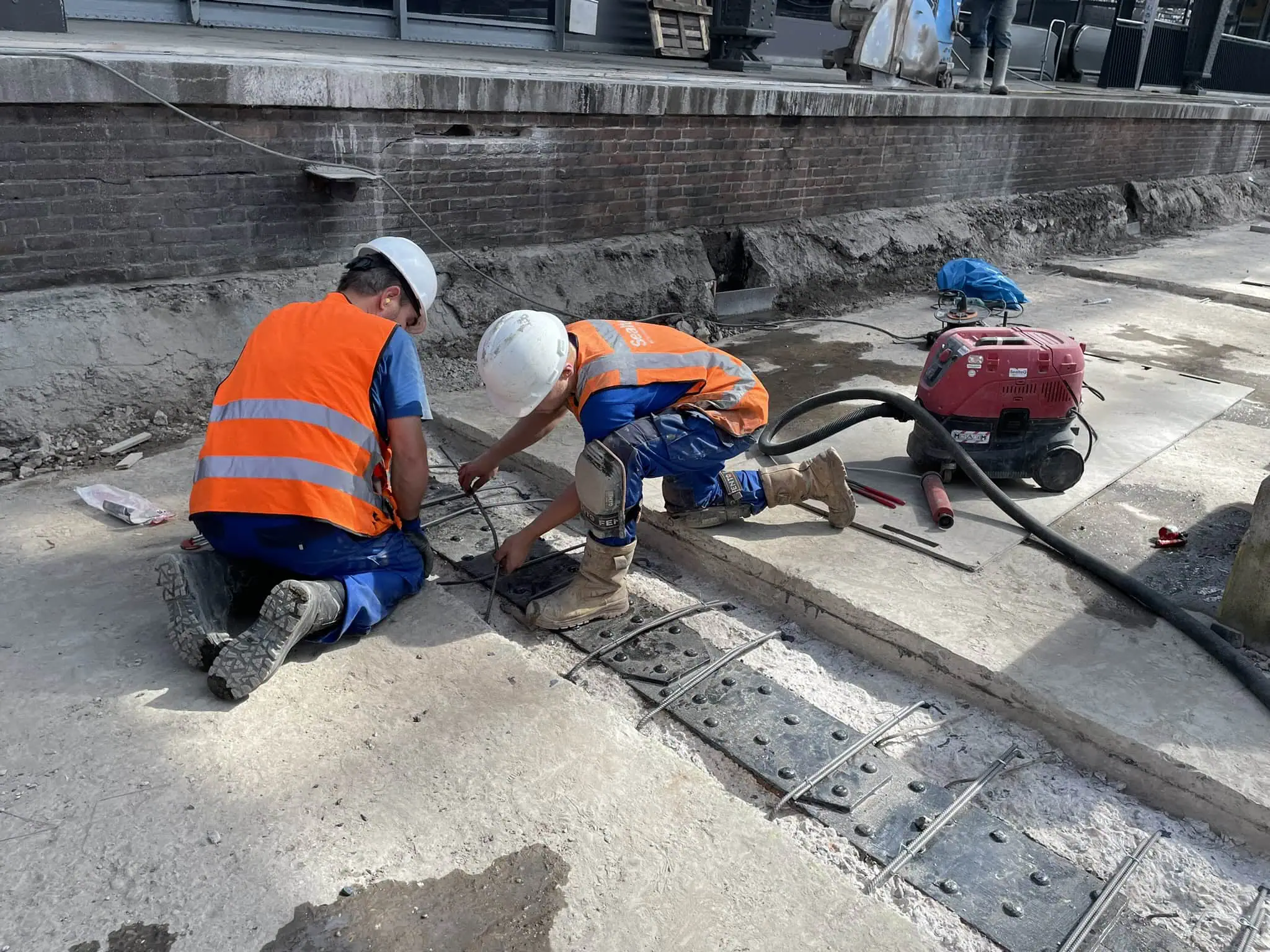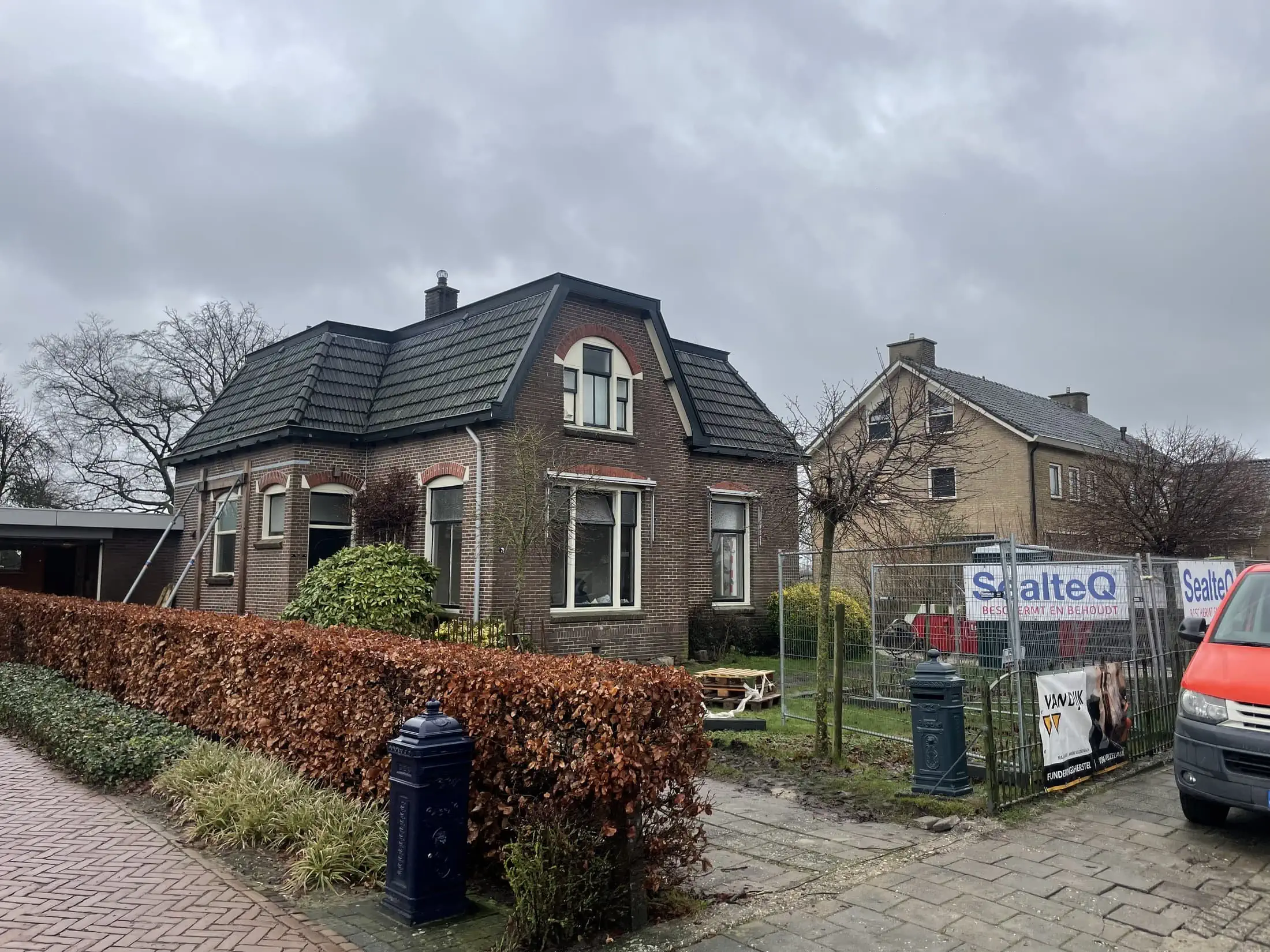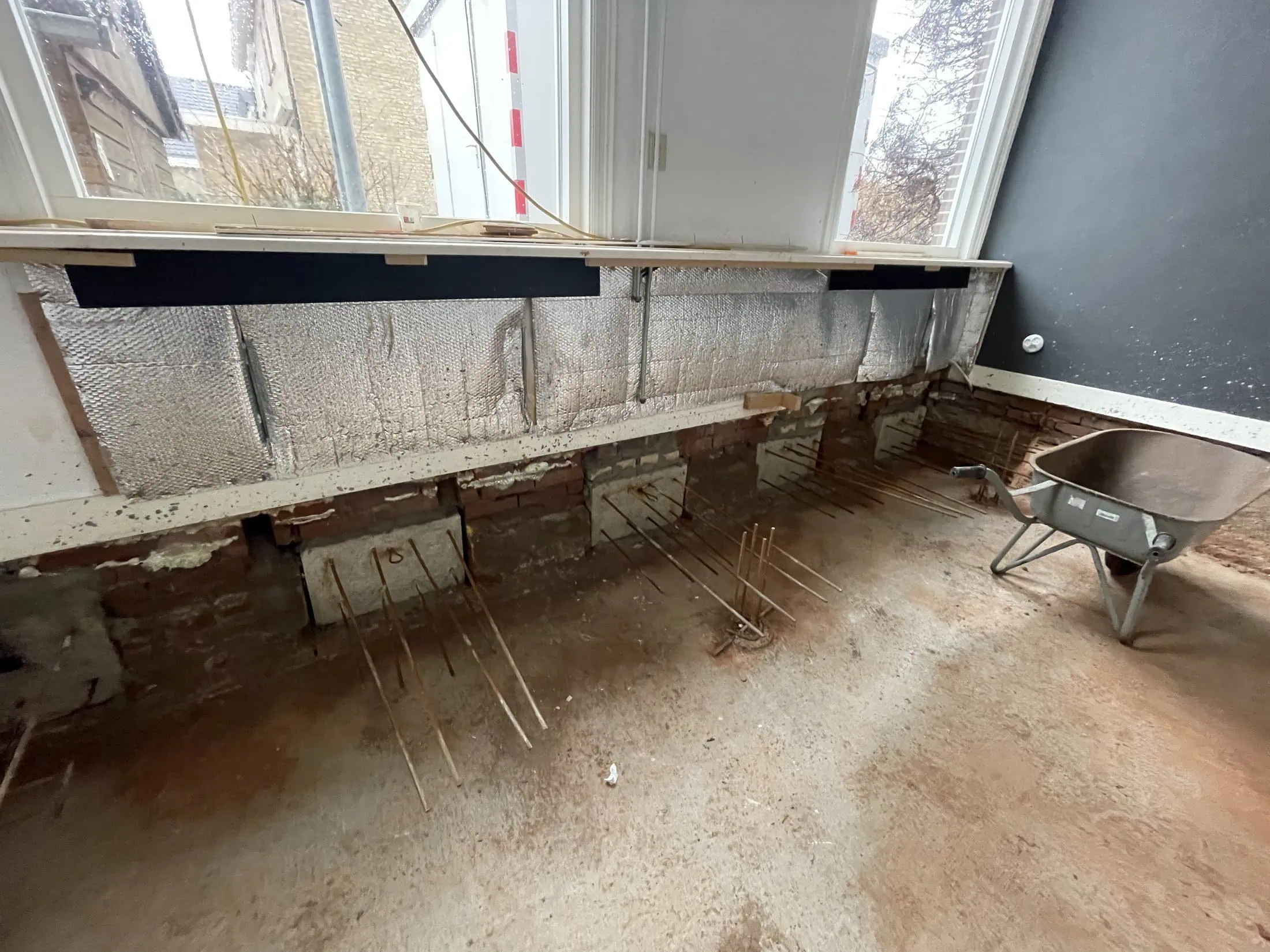A subsided foundation poses a serious threat to the stability of buildings and infrastructure. Without timely intervention, this can lead to cracks in walls, sagging floors, and even collapse. SealteQ SLS (part of SealteQ Group) offers foundation repair in the broadest sense: from concrete repair and pile foundations to comprehensive methods such as table foundations, as applied in the Almelo–De Haandrik Canal project. Additionally, we have a unique, in-house developed specialization in soil injection techniques. With this, we strengthen the subsoil and create a broader, more stable foundation base under the building – a sustainable solution against further subsidence and structural damage.
Foundation Subsidence
What is a subsided foundation?
A subsided foundation occurs when the ground under a building is no longer able to support the weight, causing the foundation to sink. This problem is common in older buildings – especially in buildings that are ‘founded on steel’, or shallow foundations – but can also affect new buildings.
Invisible Foundation Subsidence
Did you know that foundation subsidence is not always immediately visible? In many cases, the first signs are difficult to recognize with the naked eye. That sticking door or window that suddenly doesn’t close properly? That may seem like an innocent problem, but it could also be a symptom of subsidence. Therefore, it is important to have your building’s foundation inspected regularly, especially if your building is located in a risk area.
Signs of a Subsided Foundation
The following signs may indicate foundation problems:
- Cracks in walls: vertical, horizontal, or diagonal cracks, which are often an indication of structural damage.
- Uneven floors: noticeable tilting of floors indicates that the foundation is sinking in certain areas.
- Sticking windows and doors: as a result of shifts in the foundation, it can be difficult to close windows and doors properly.
How does foundation subsidence occur?
Foundation subsidence can be caused by various factors, both external influences and internal structural problems. Below you will find the main causes of foundation subsidence.
External Causes
- Soil conditions: clay soils and peat soils tend to expand and shrink depending on moisture content. This can undermine the stability of the foundation.
- Groundwater extraction: drought or groundwater extraction lowers the groundwater level, which can cause the soil to settle. This particularly affects buildings on wooden piles, such as in Amsterdam and Rotterdam. When these piles become dry, they can rot. Broken sewerage, large trees near the foundation, or interventions by water authorities can also adversely affect the groundwater level.
- Traffic loads and vibrations: heavy traffic loads, construction activities, or even other buildings in the vicinity can cause vibrations that damage the foundation.
Internal Causes
- Rust formation in reinforcement: if the foundation becomes damaged, for example through subsidence or crack formation, the concrete can crack open and expose the reinforcement. Contact with moisture causes rust (oxidation), which leads to
concrete deterioration . This significantly weakens the foundation. - Construction errors: many contractors or even structural engineers do not consider the building as a whole. They build based on assumptions or incomplete data. This sometimes results in a combination of foundation systems or uneven loading that leads to subsidence.
The consequences of a subsided foundation
Foundation subsidence can have devastating consequences for the structural integrity of buildings and infrastructure. Below you will find some of the most common consequences:
- Cracks and collapse risk: when the foundation subsides, cracks can form in the walls and in the long term this can lead to building collapse.
- Basement leakage: the cracks or spaces created by a subsided foundation can cause water in the basement. A basement leak then causes mold and other damage.
- Sticking windows and doors: the shifts in the structure cause windows and doors to open or close with difficulty.
- Depreciation of buildings: a subsided foundation affects not only safety but also the value of a building or structure. Potential buyers will be reluctant to purchase a property with foundation problems.
- High repair costs: the longer you wait to solve foundation problems, the more expensive and extensive the repairs will be. Consider months-long renovations where you may have to temporarily leave your home. At the same time, timely intervention can save a building from demolition and ensure its preservation.
Foundation repair: what are the options?
Foundation repair is an essential step to ensure the stability and integrity of buildings and infrastructure works.
Soil Stabilization Using Injection Techniques
Ground stabilization is a technique where injection materials such as resins or special mixtures are injected into the ground beneath the foundation. This strengthens the soil and prevents further foundation subsidence. This technique is particularly suitable when the foundation has subsided due to unstable or settled ground.
- Advantages: rapid application, minimal disruption to the structure, cost-effective.
- Application: suitable for light to moderate foundation subsidence.
Replacement of Foundation Elements: the Table Method
The table method is a foundation repair technique where the foundation is jacked up and new foundation elements are installed. This process essentially creates a ‘table’ on which the building rests. This method is highly effective for severe subsidence and provides long-term stability.
- Advantages: durable solution for serious foundation problems.
- Application: suitable for homes and buildings with severe foundation damage or uneven subsidence.
Concrete Repair
When concrete structures in the foundation become damaged by cracks or rust formation in the reinforcement, concrete repair may be necessary. In concrete repair, damaged parts of the concrete foundation are repaired or replaced to prevent further damage. We can also strengthen the foundation.
- Advantages: restores the structural integrity of concrete foundations.
- Application: suitable for concrete foundations with cracks or rust formation in the reinforcement.
Frequently asked questions about foundation subsidence
What is a subsided foundation?
A subsided foundation occurs when the soil can no longer support the weight of the building, causing the foundation to sink. This is common in older buildings on steel or wooden piles.
How Do I Recognize a Subsided Foundation?
Signs include cracks in walls, uneven floors, and sticking windows or doors. Sometimes the first signs are barely visible.
What are the Consequences of a Subsided Foundation?
Consequences include cracks, basement leakage, property depreciation, high repair costs, and in serious cases, collapse risk.
How to Repair a Subsided Foundation?
A subsided foundation can be repaired with professional techniques. The soil under the foundation can be injected with expanding resins to stop further subsidence. For severe subsidence, the foundation is often jacked up and reinforced (the table method), where new beams are installed.
Is House Subsidence Insured?
Subsidence due to soil problems is usually not insured, unless caused by a sudden, covered event such as a pipe burst.
Your partner in foundation repair
Our experts have years of experience in repairing foundation problems. SealteQ provides expert and professional services to solve foundation problems effectively and sustainably, with the goal of ensuring safe and stable structures in the long term.
Quality and craftsmanship are paramount at SealteQ. All our operating companies are therefore certified according to an integrated quality management system.
Contact us today for an inspection and professional advice on the best repair solution for your subsided foundation.


